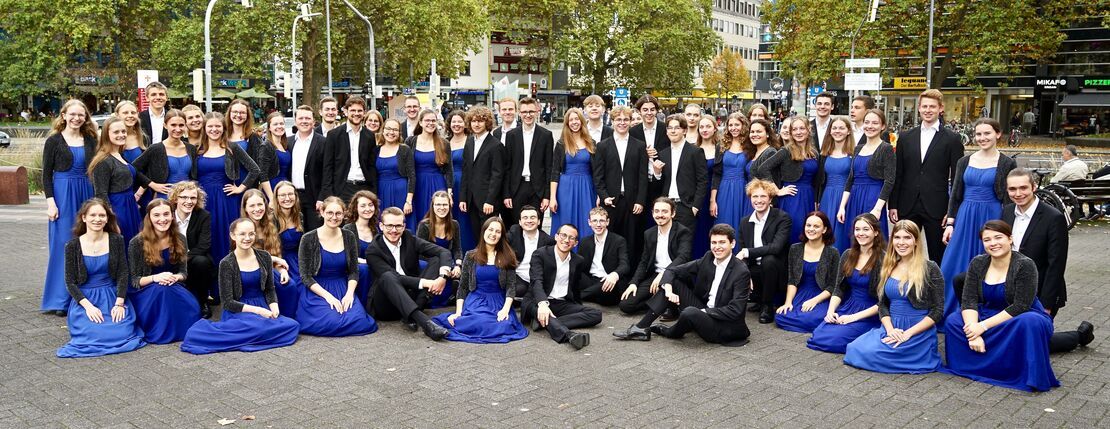
Neuer Kammerchor around the World
vakantio.de/neuerkammerchorgoesbrazil
South Africa Day 7 - Safari and Charity Concert
Жарияланды: 27.05.2024
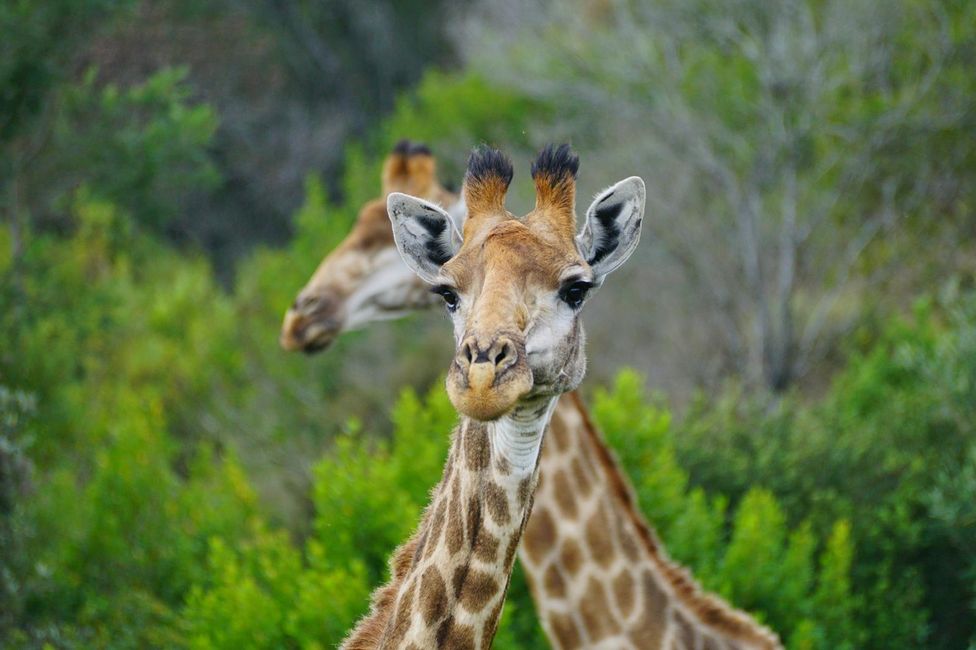
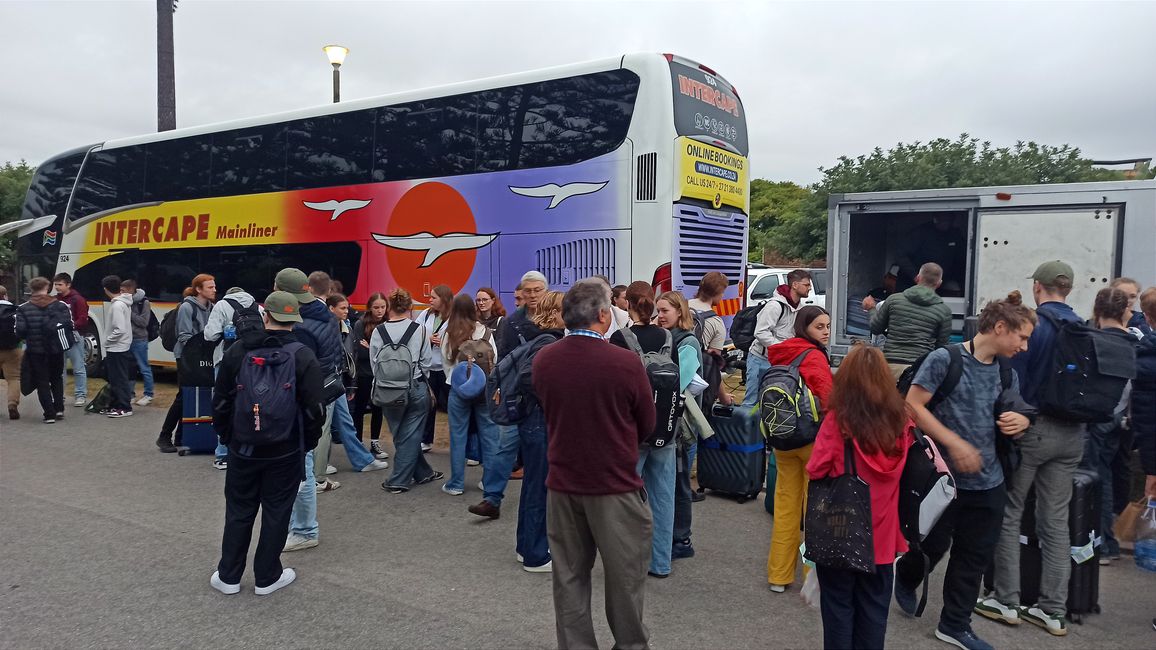
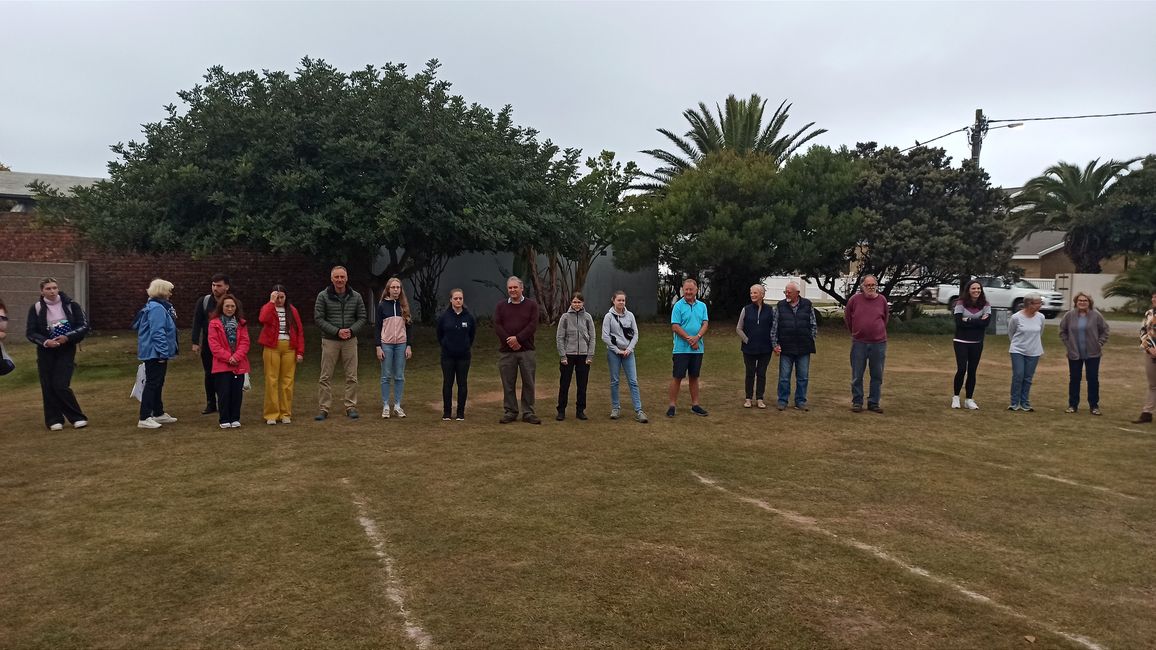
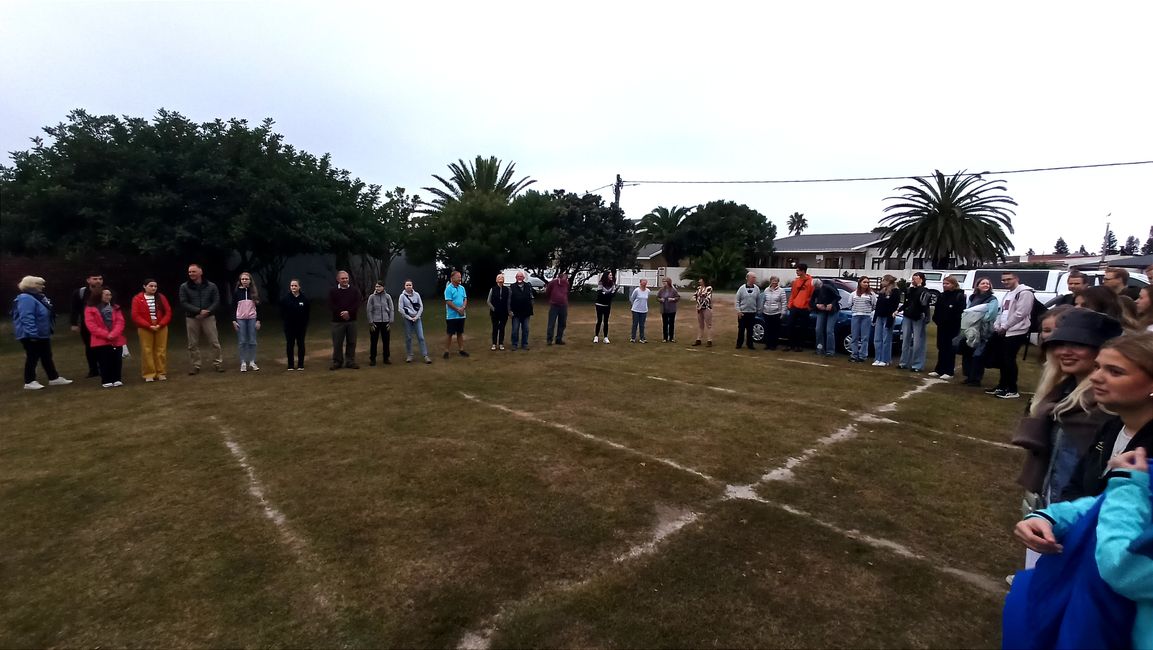

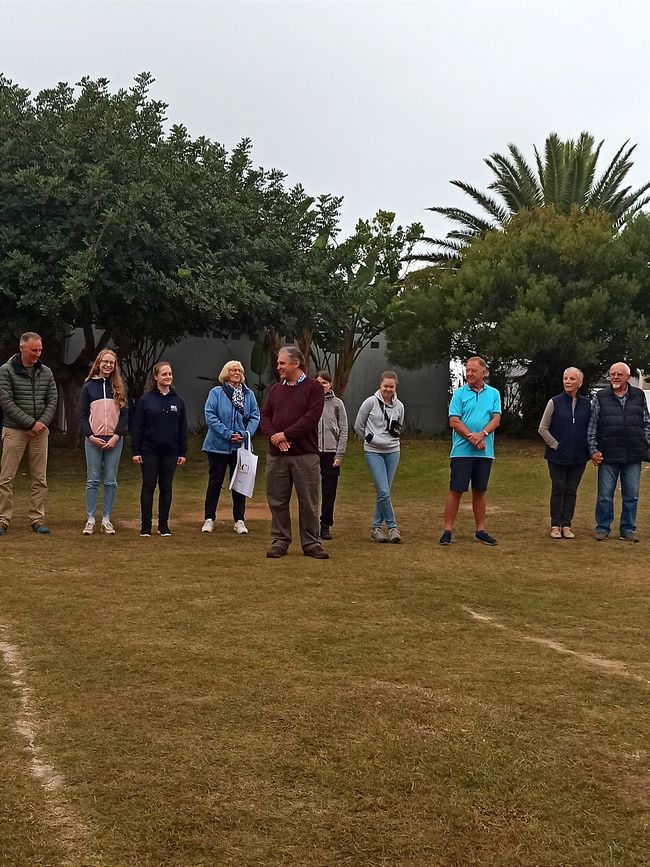
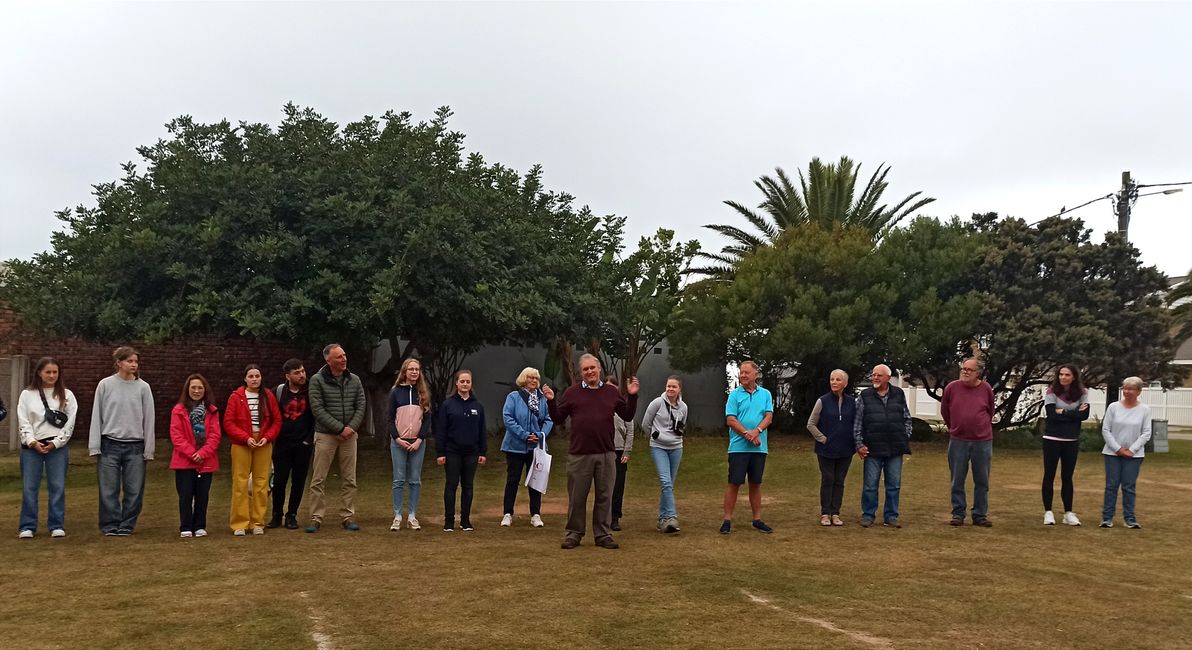

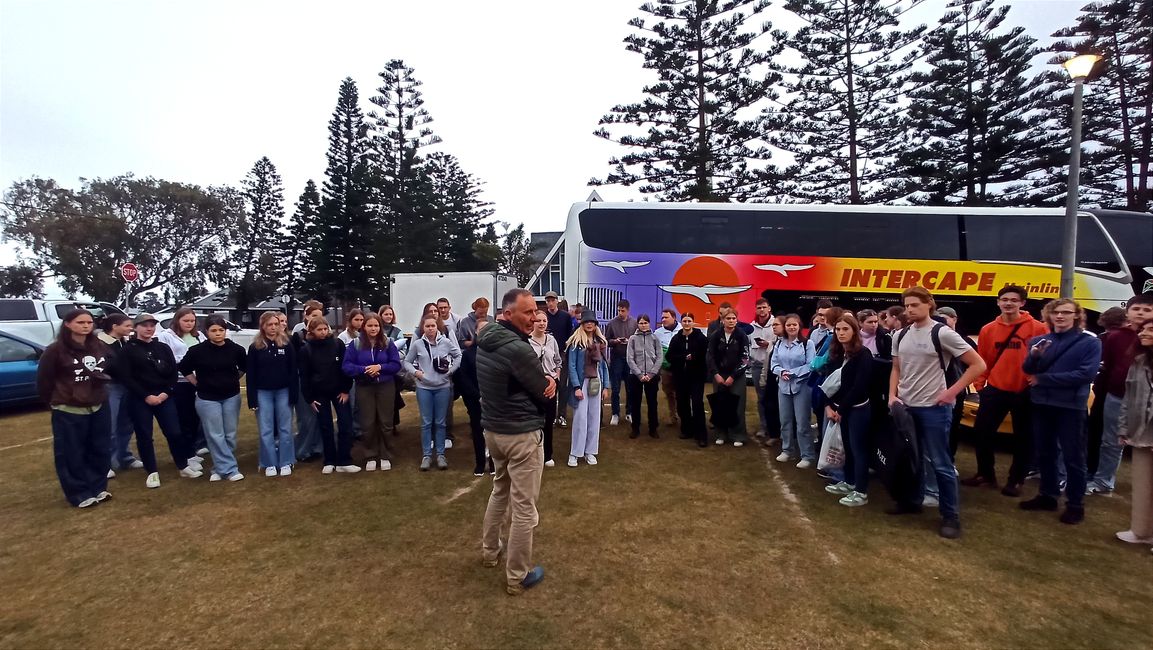
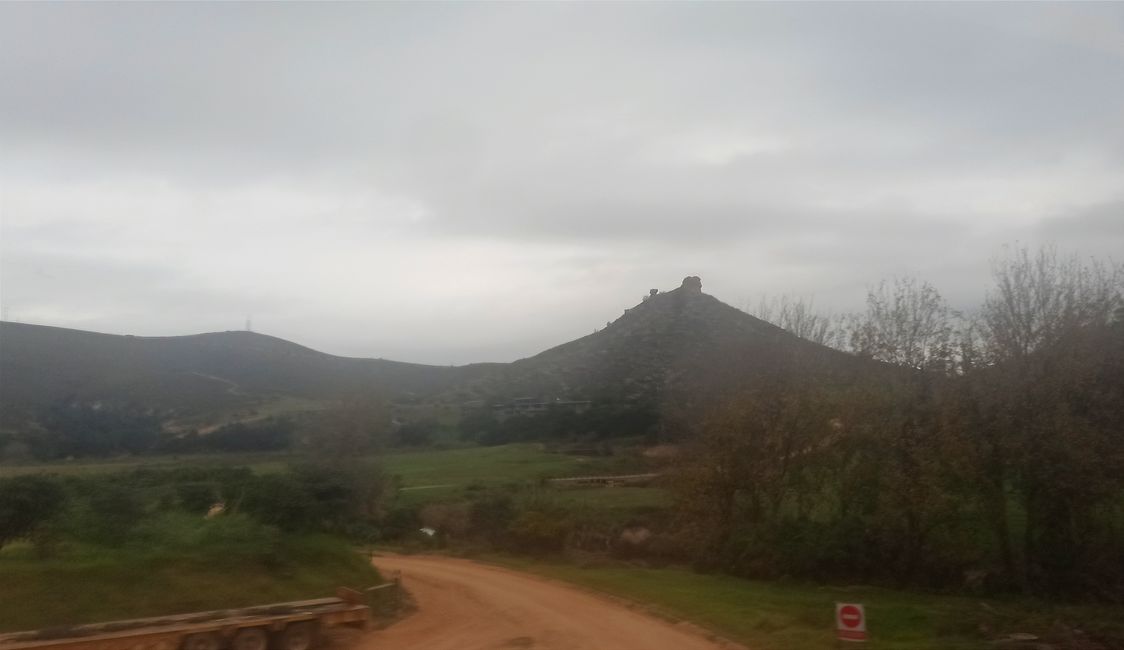
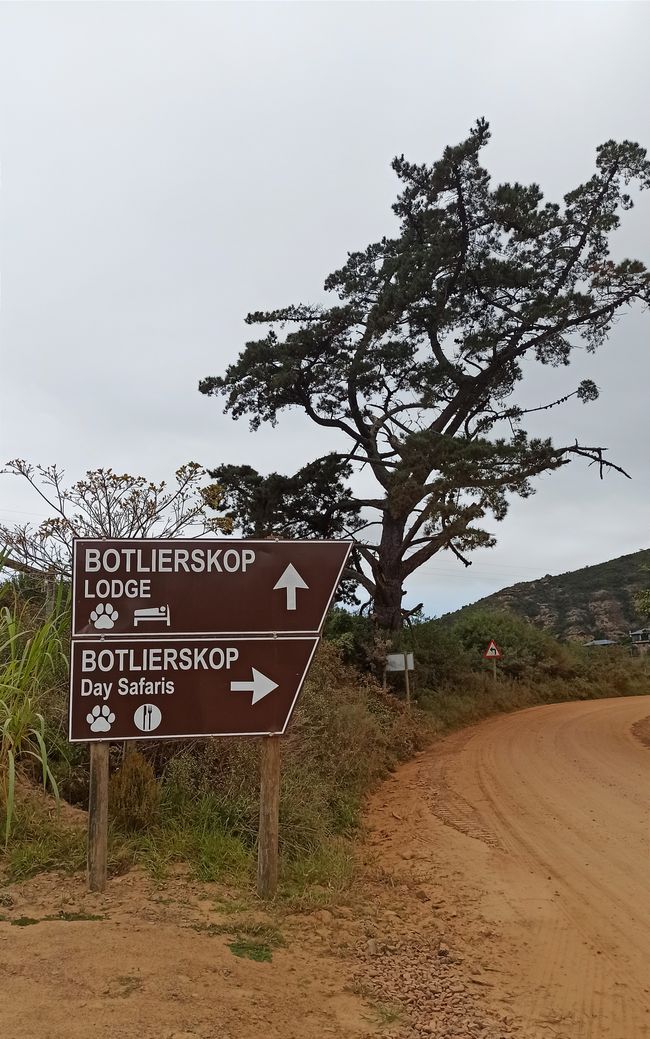
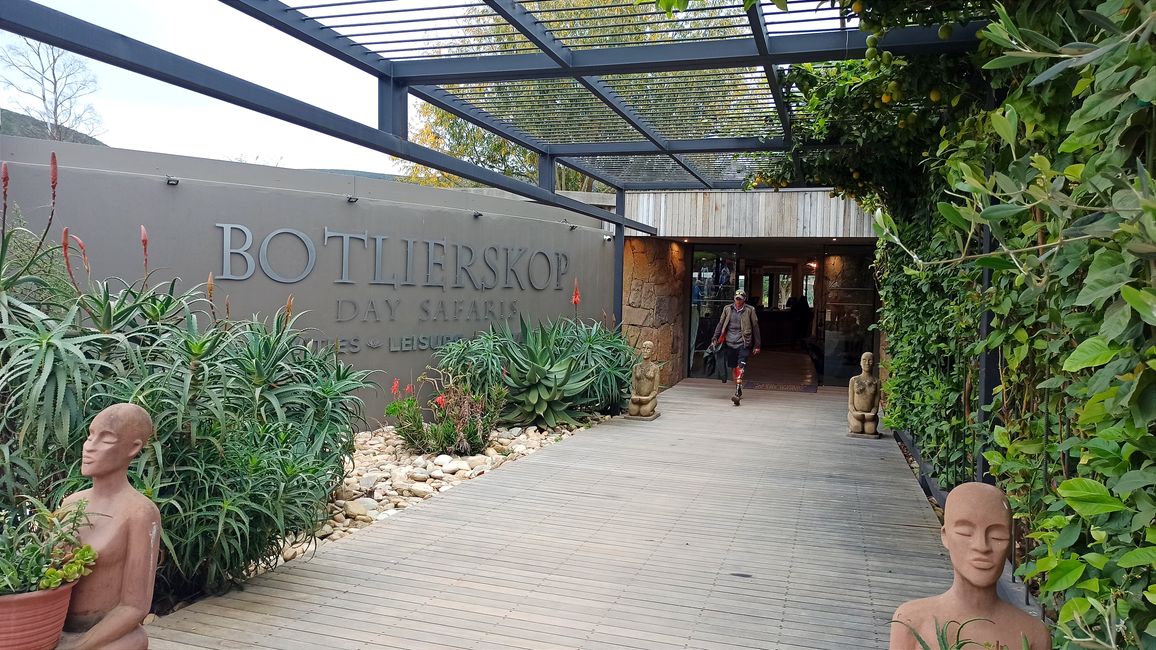

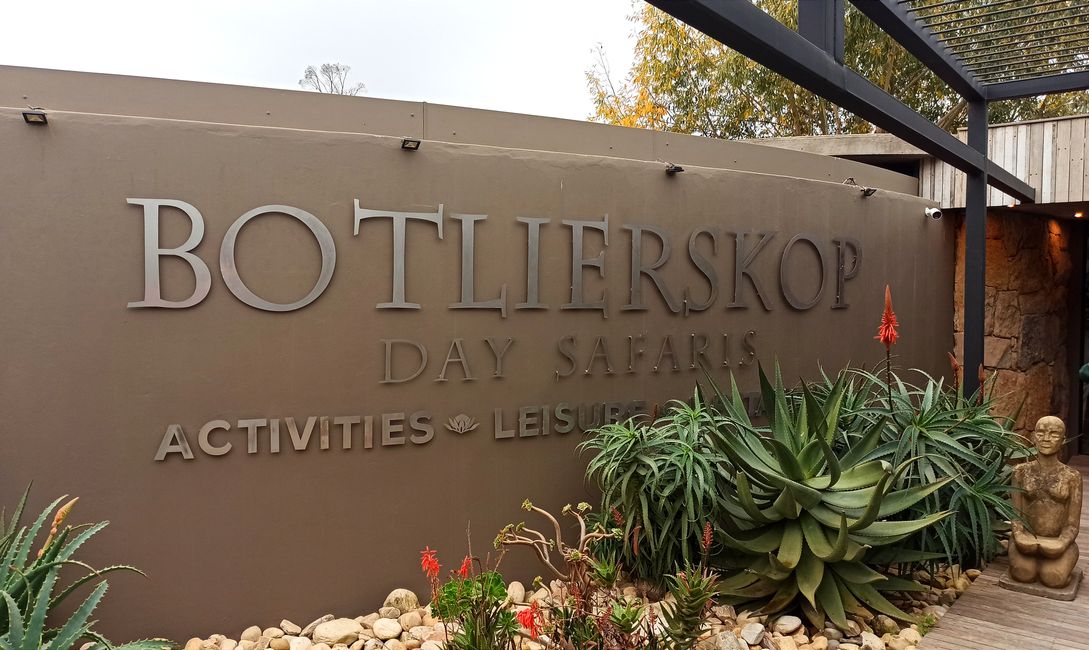
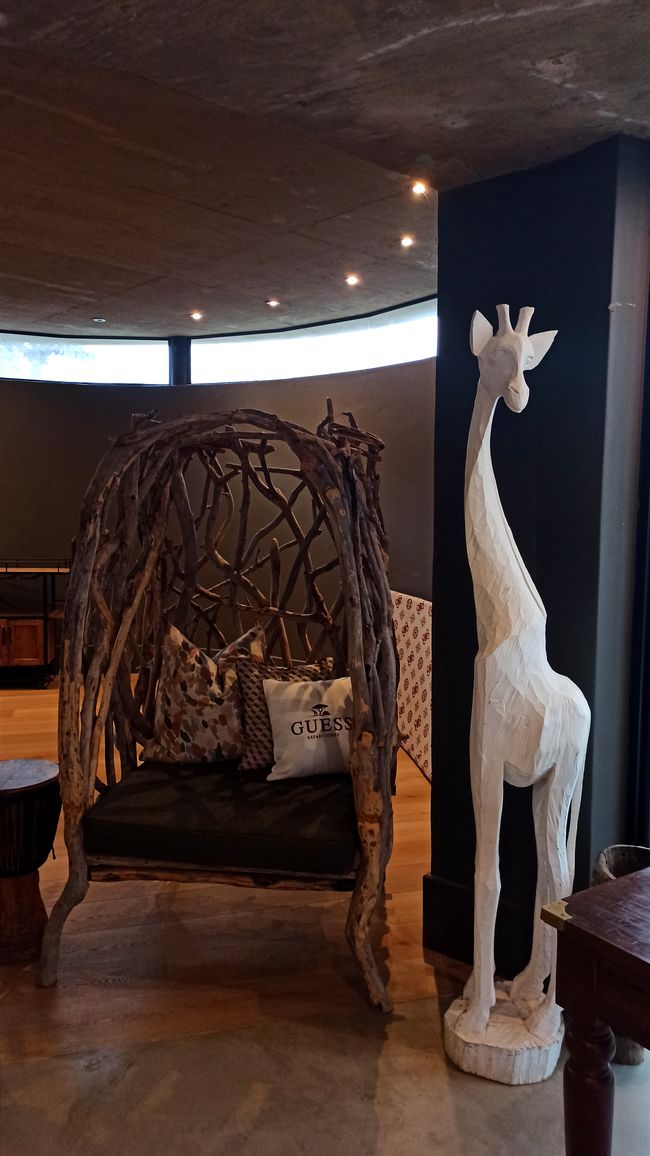

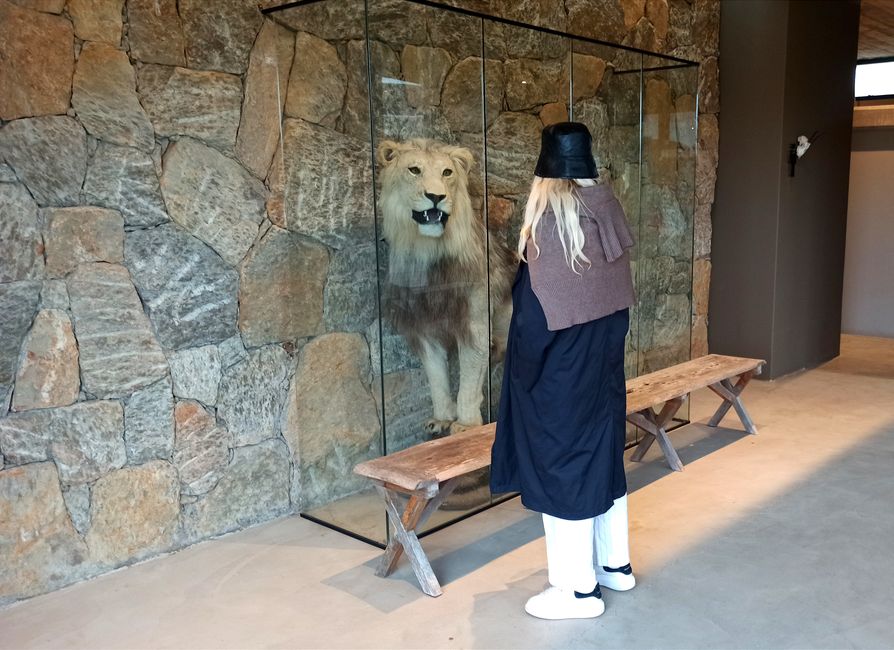
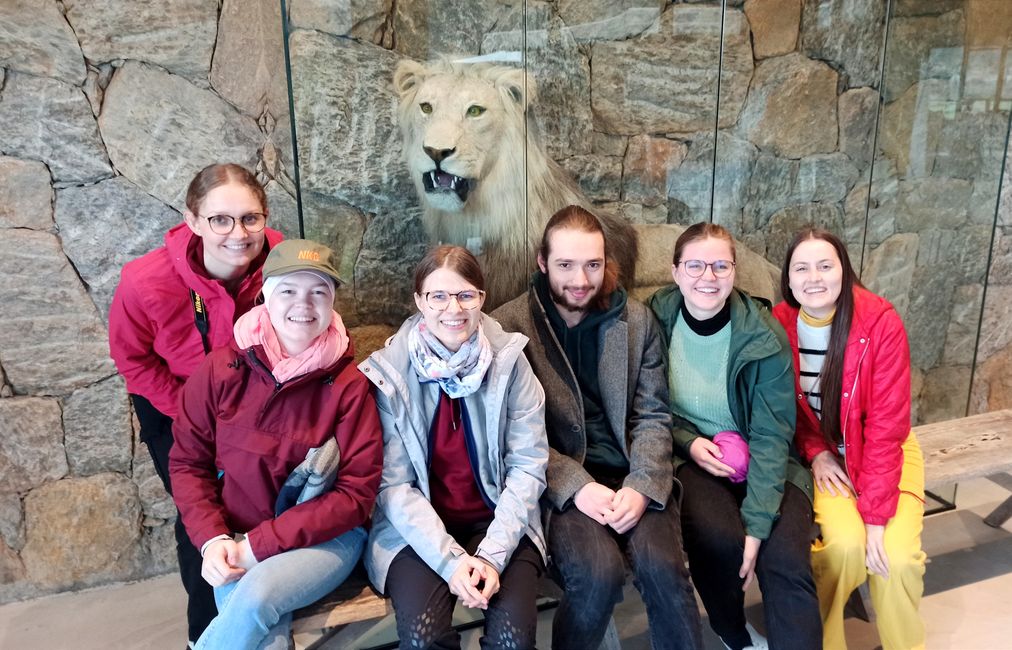

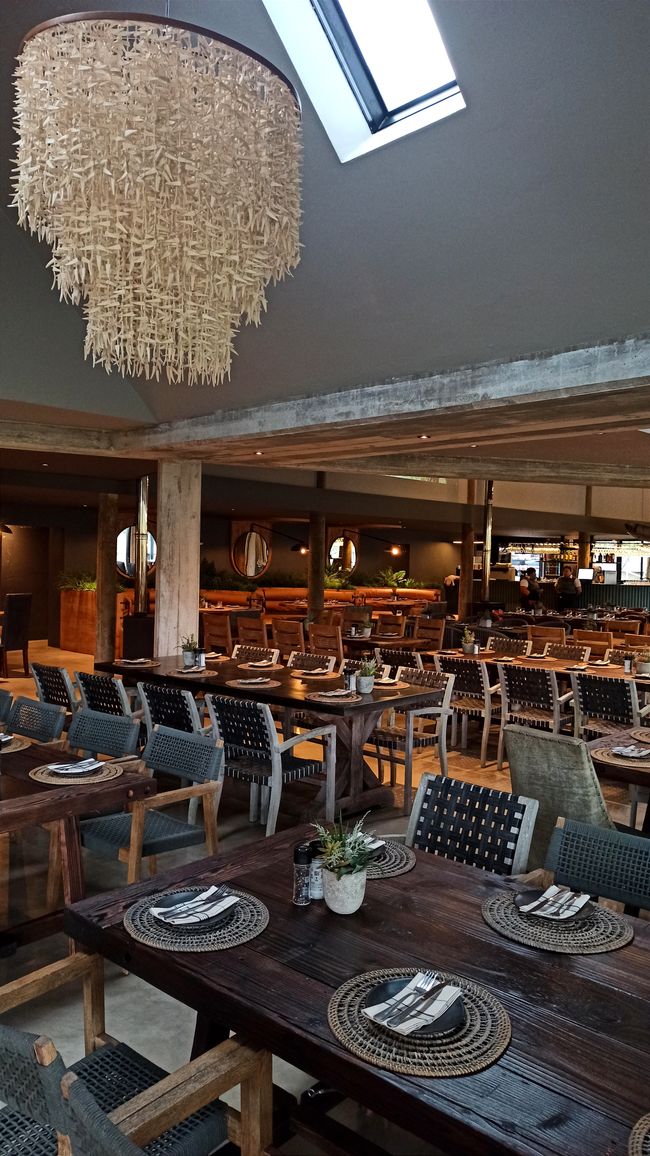
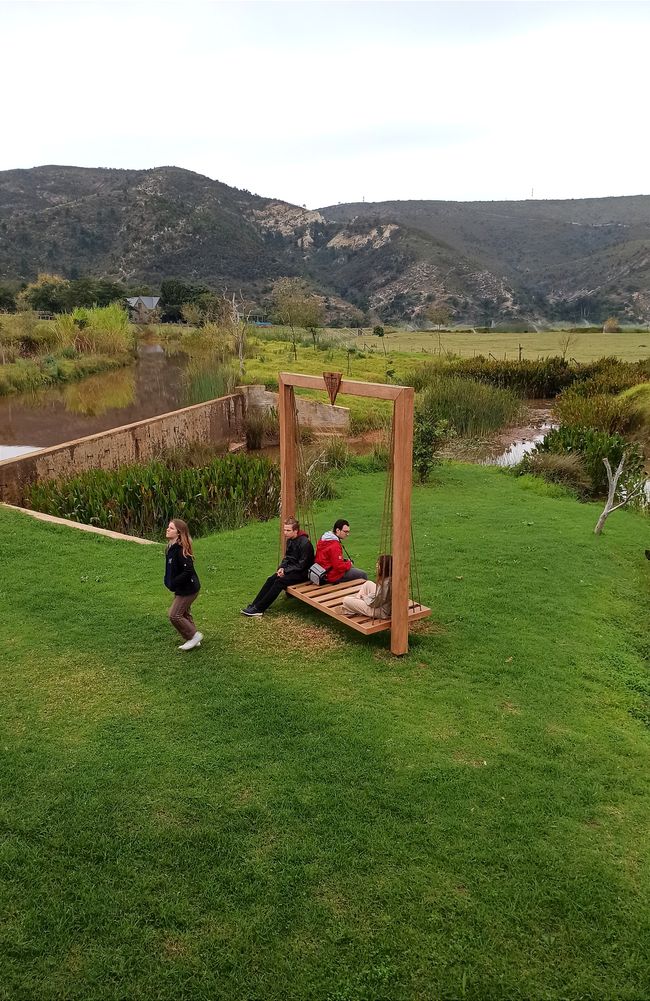
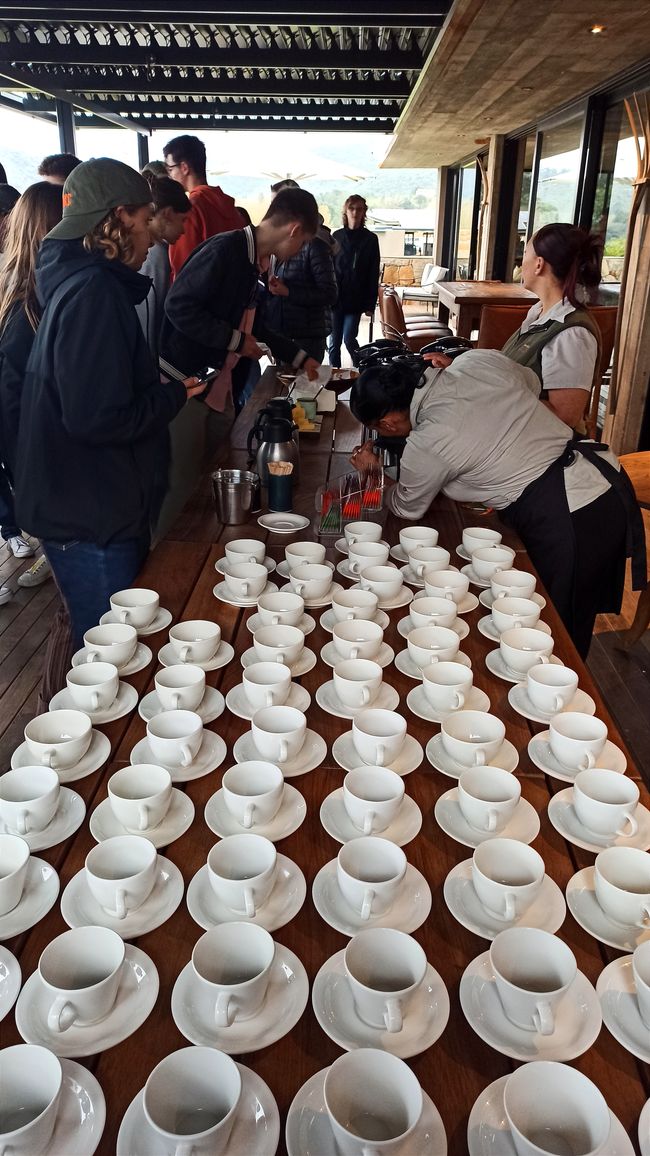
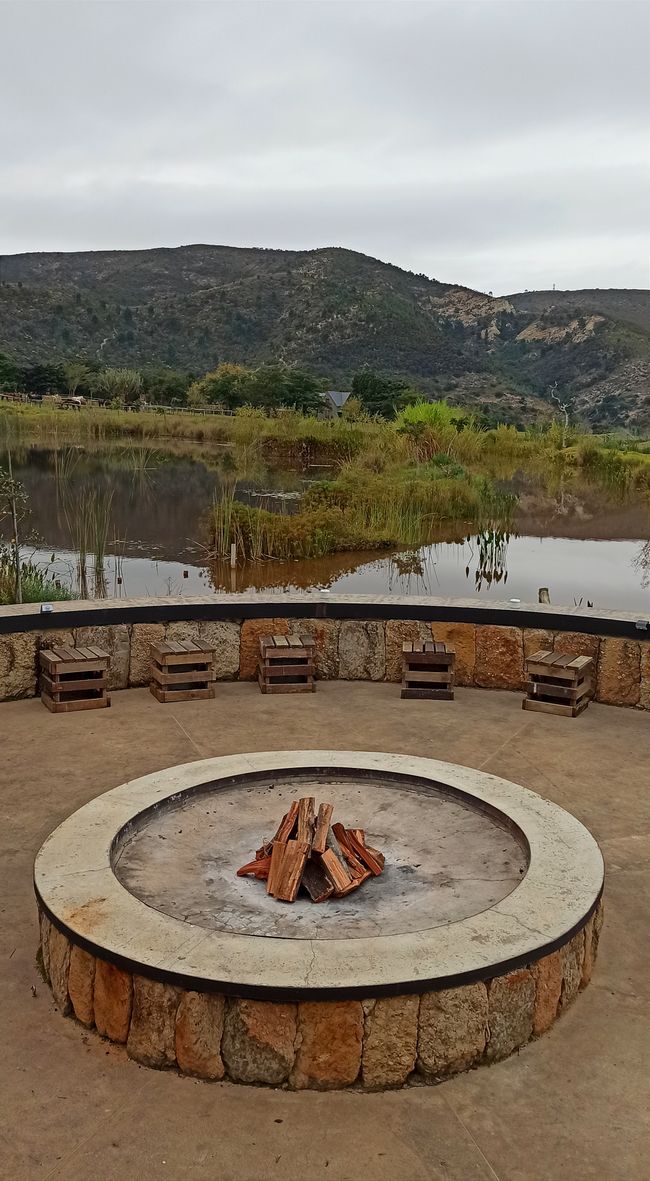

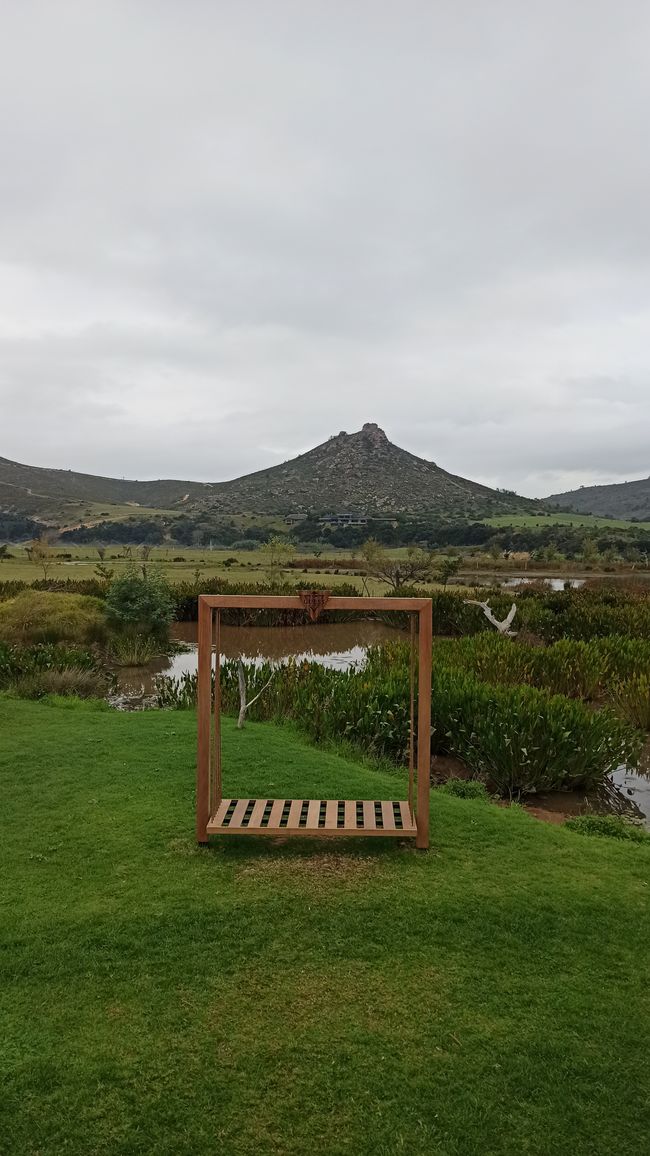
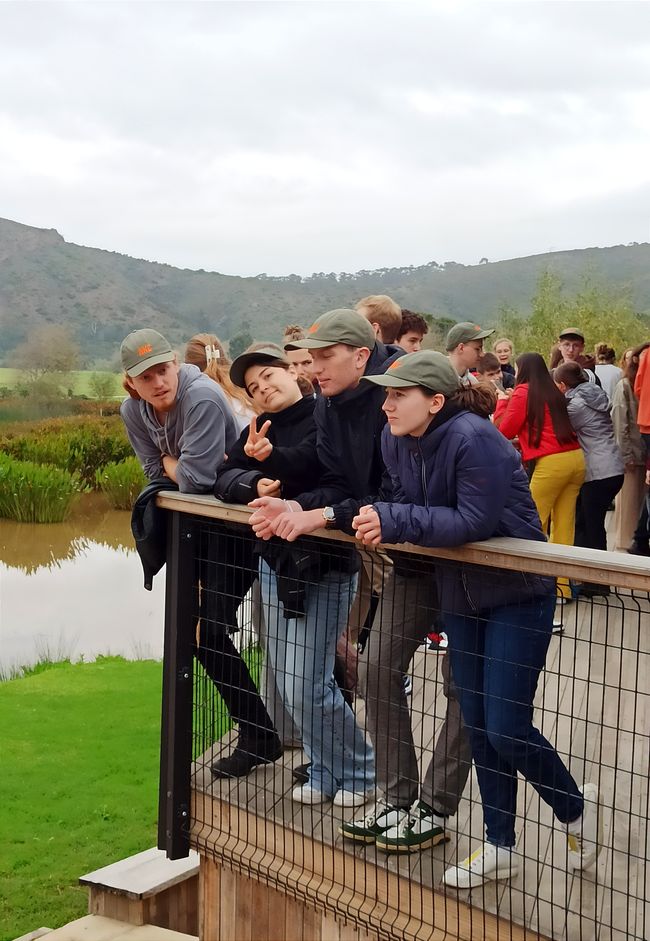
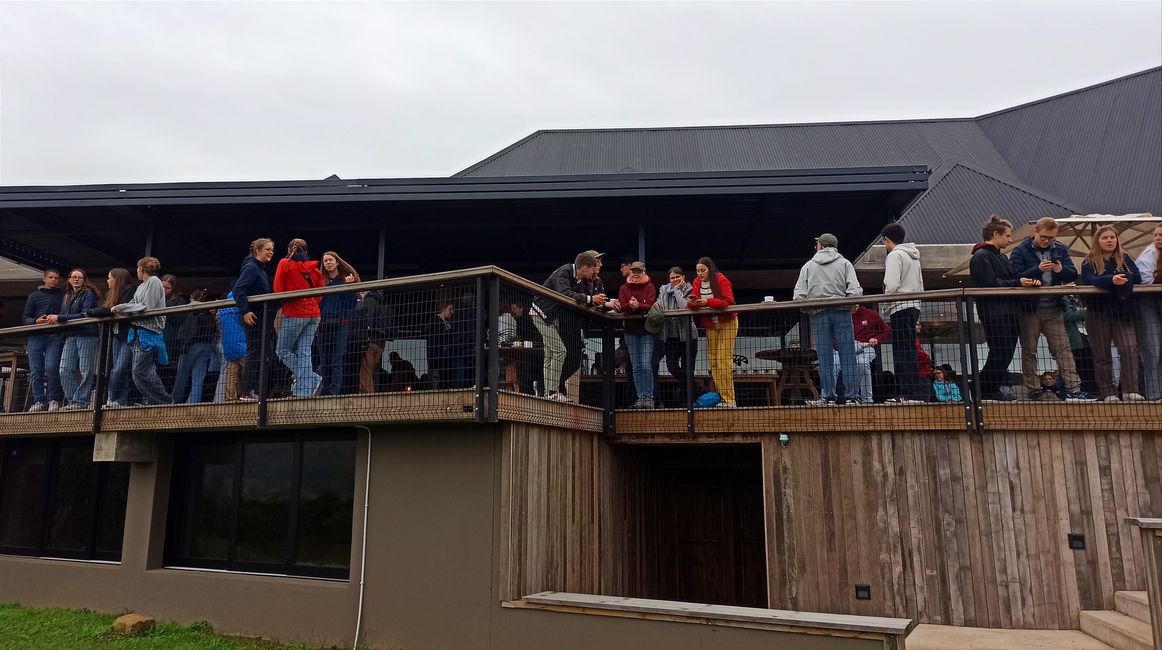
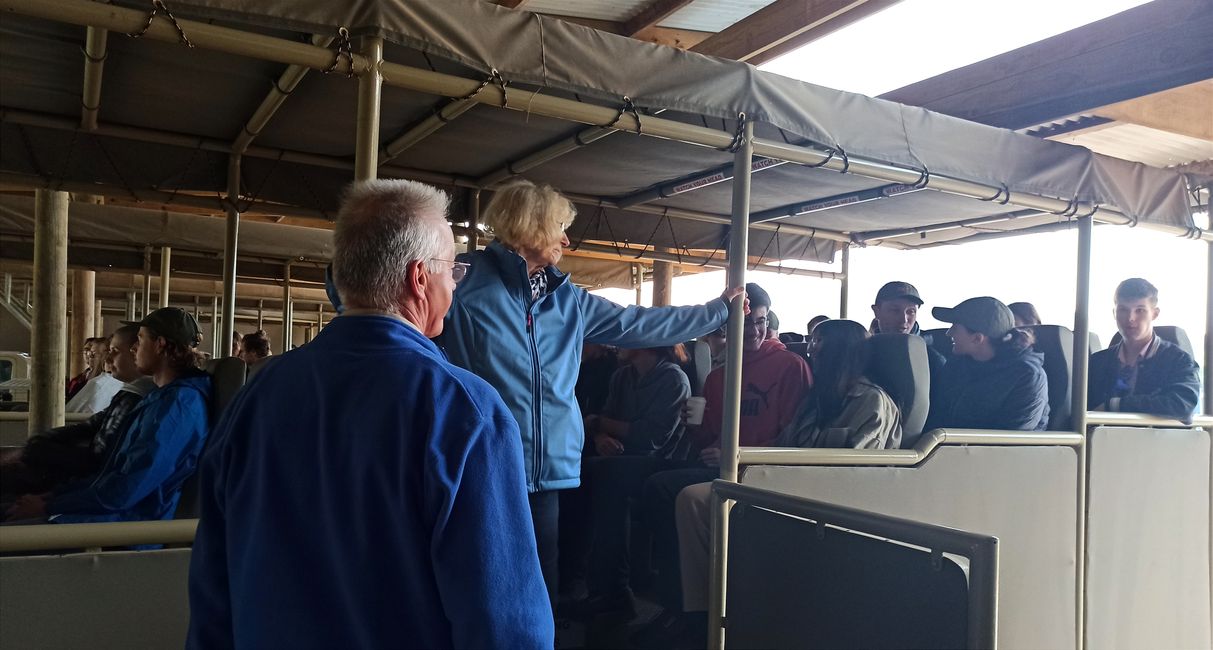
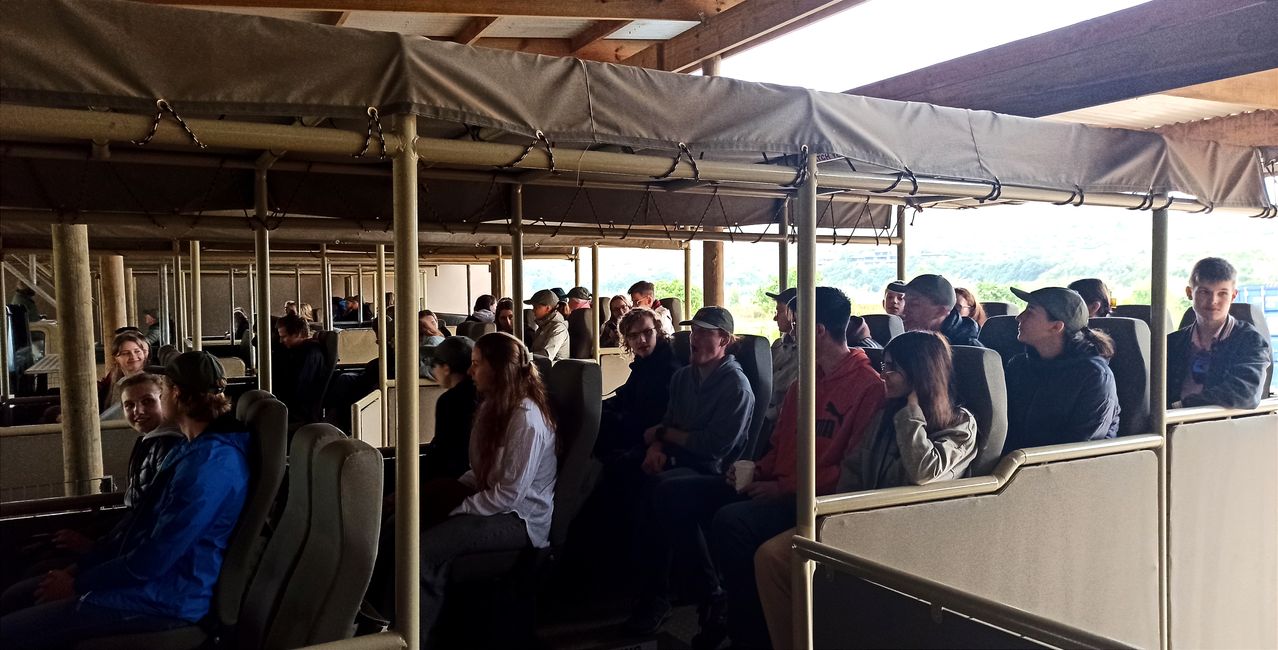
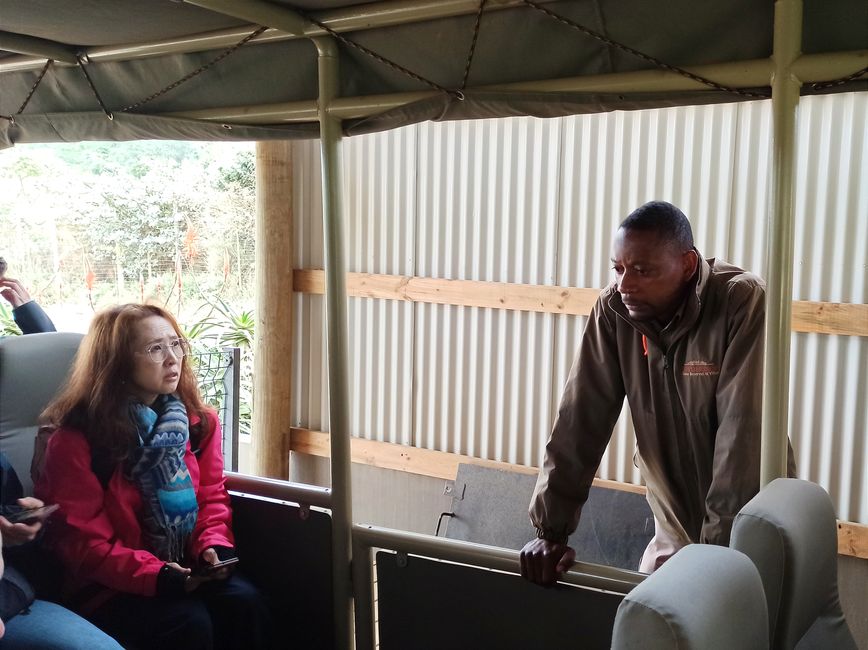
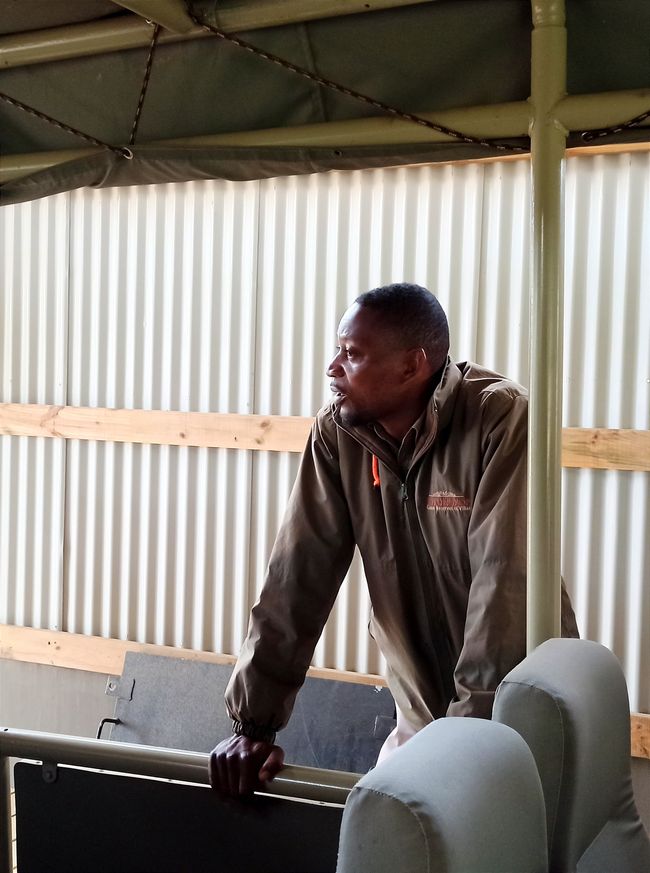
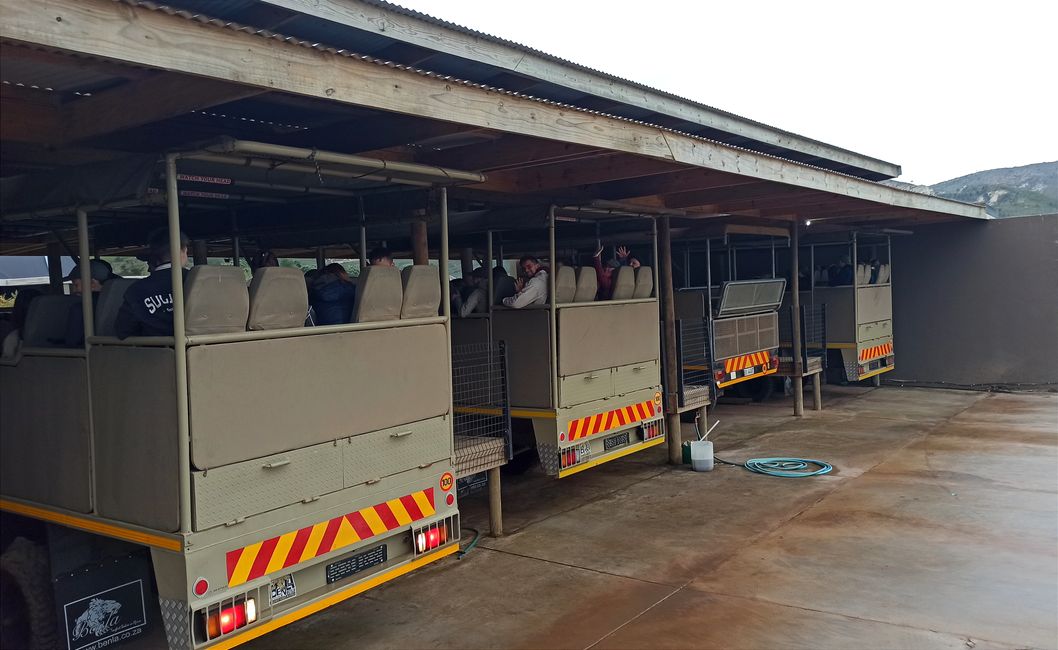
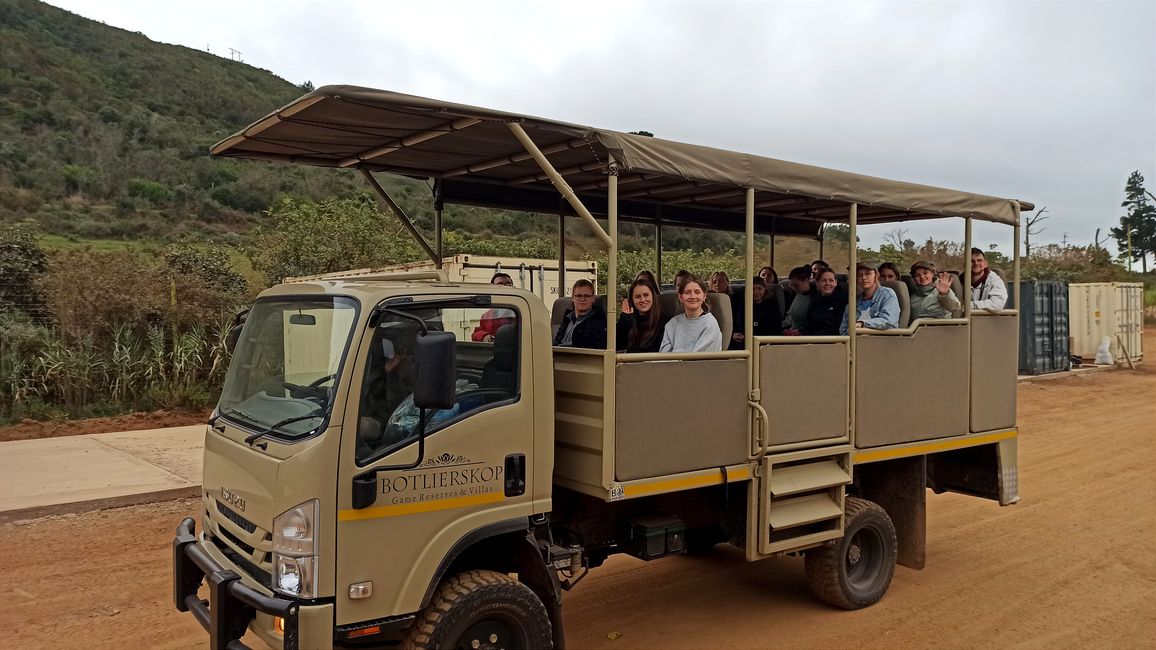
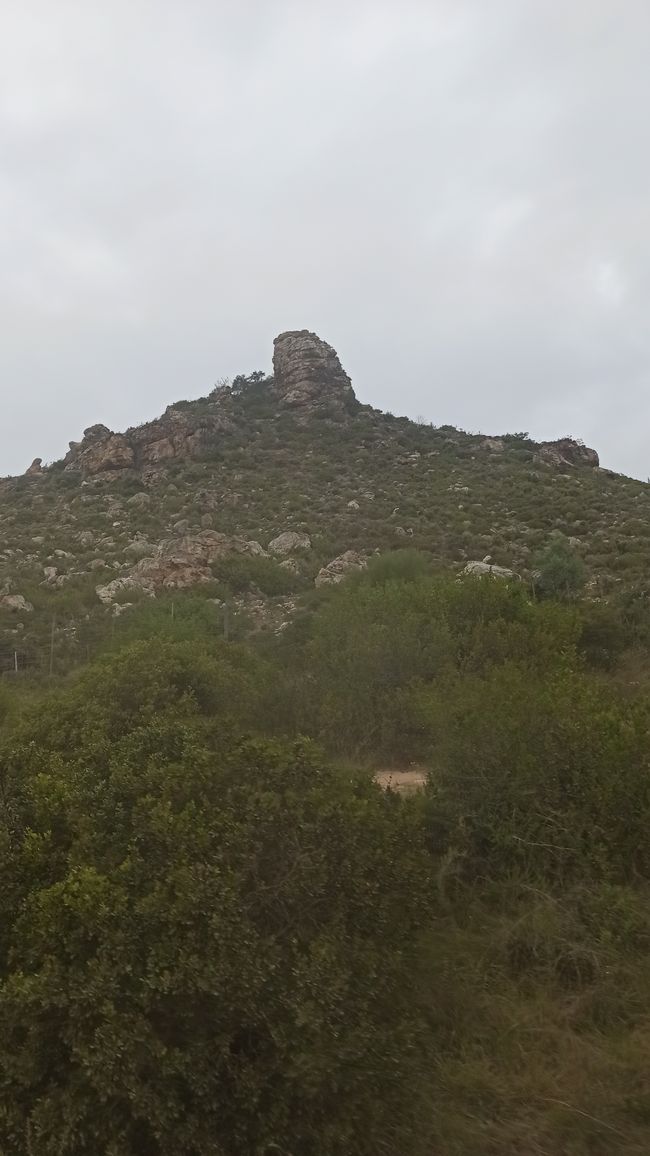
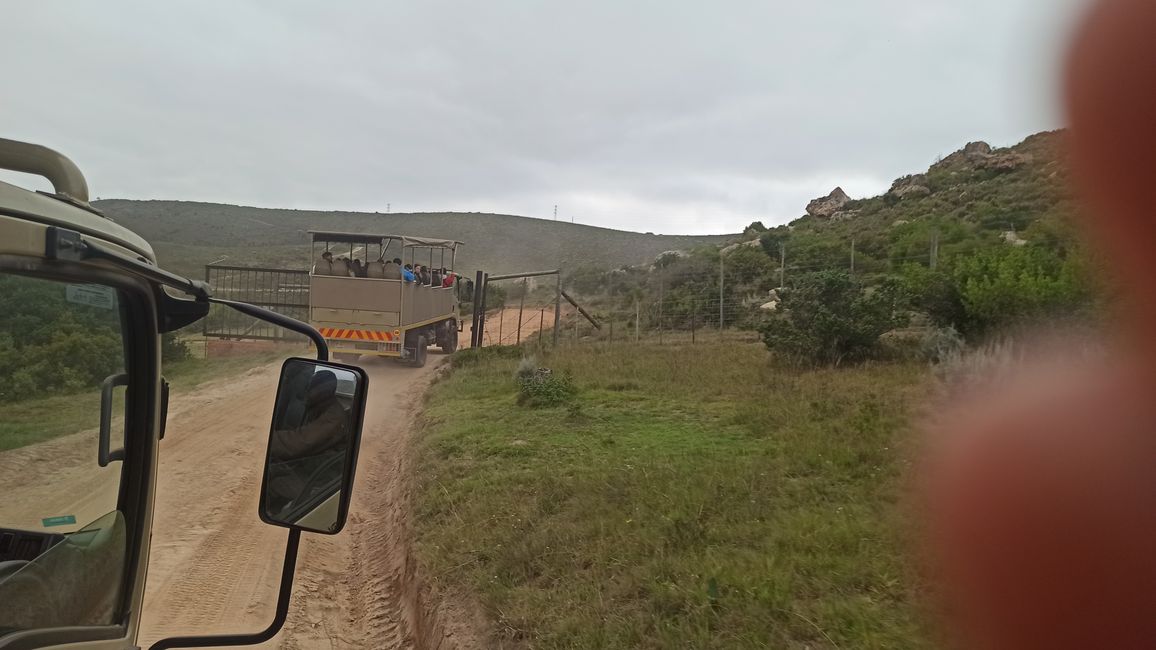
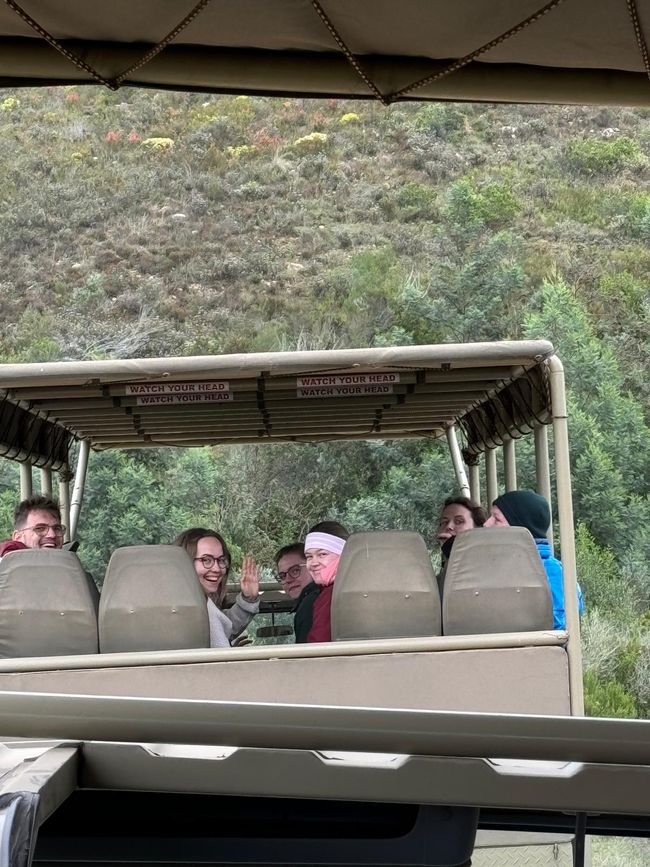
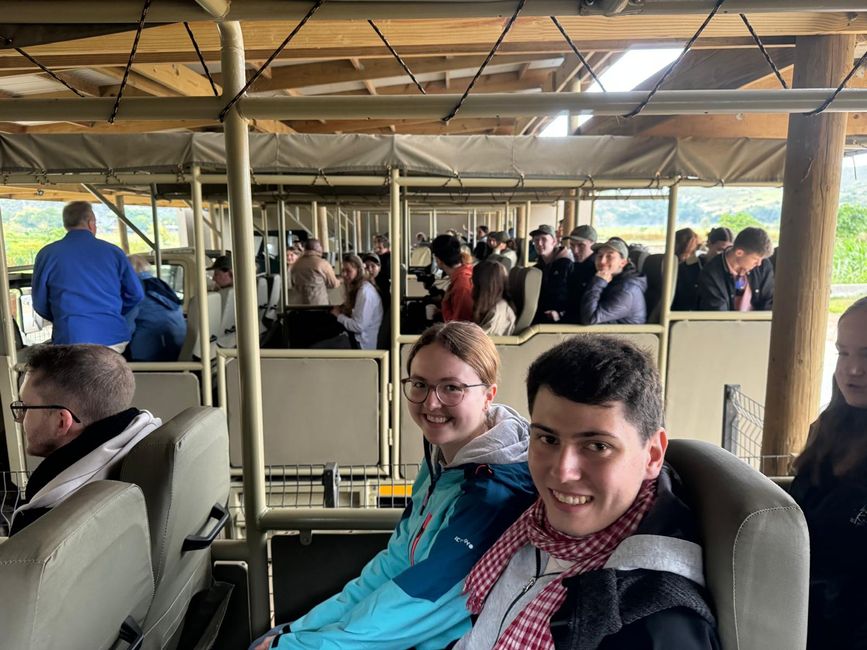
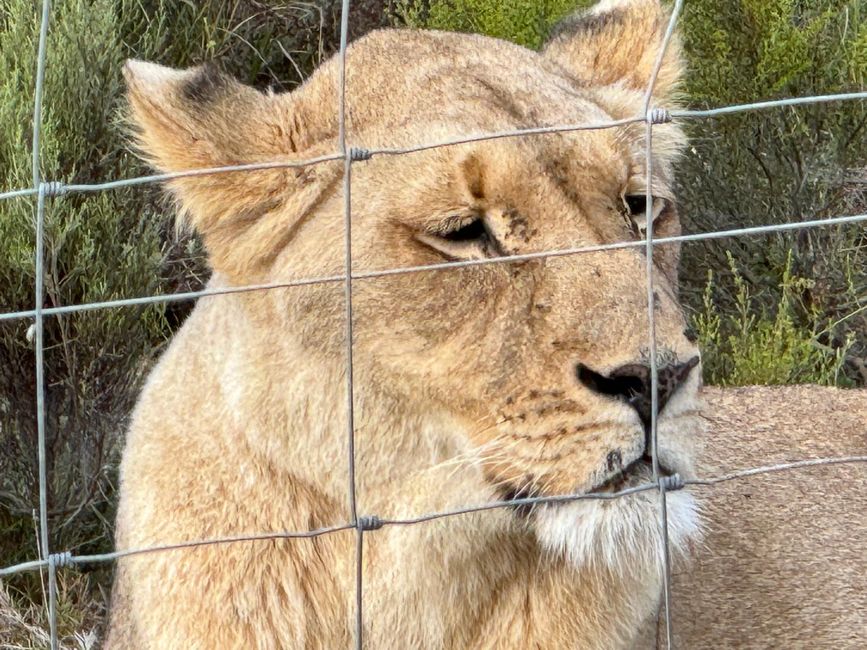
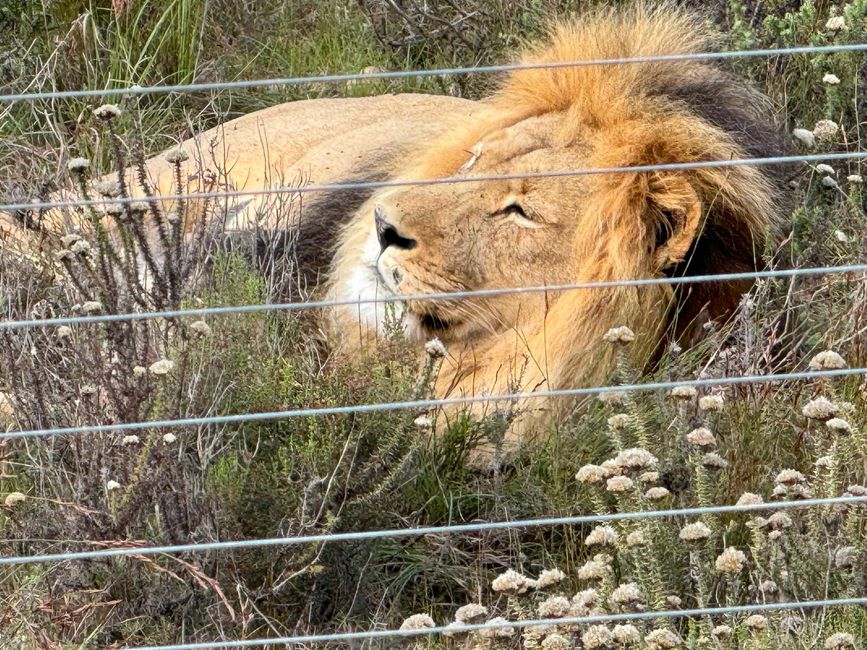
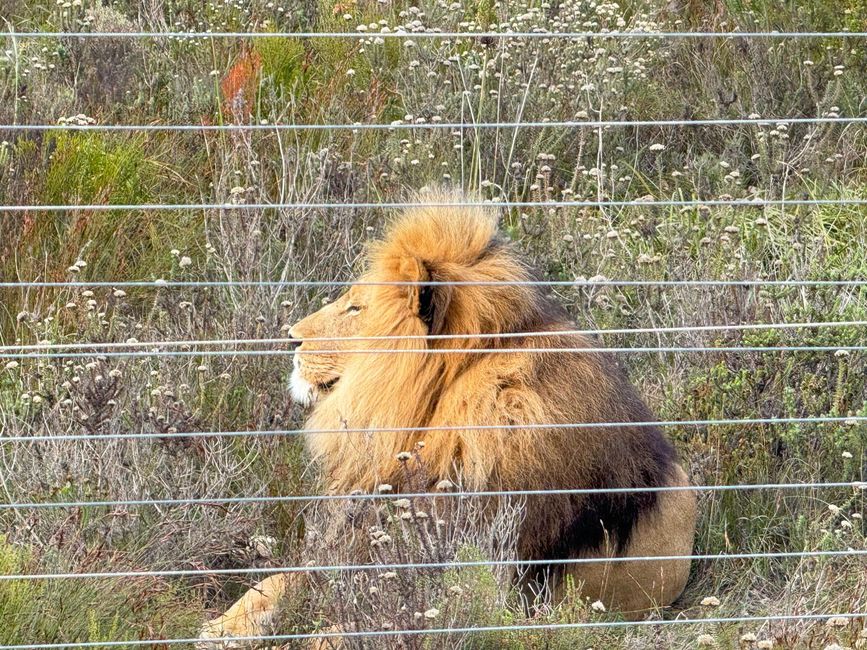
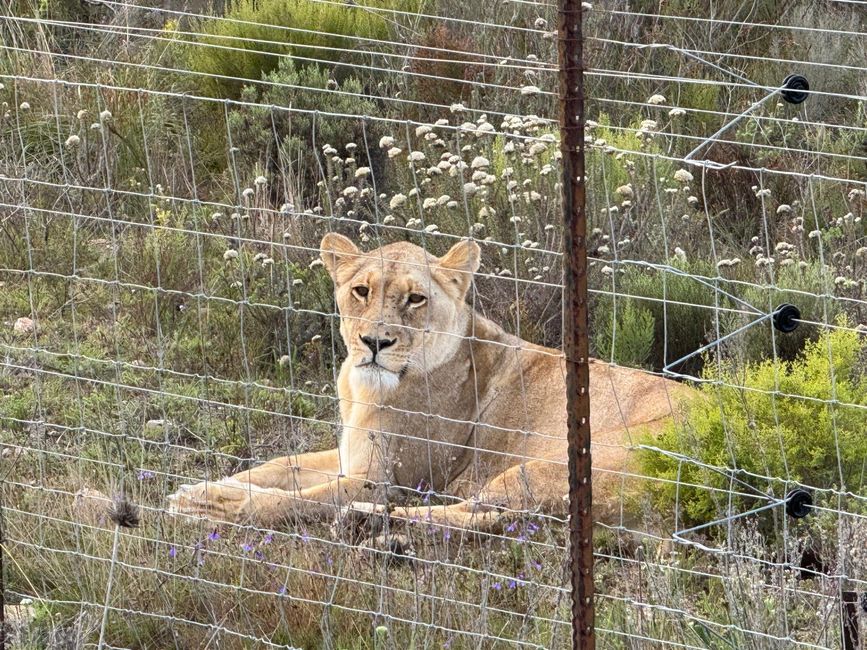
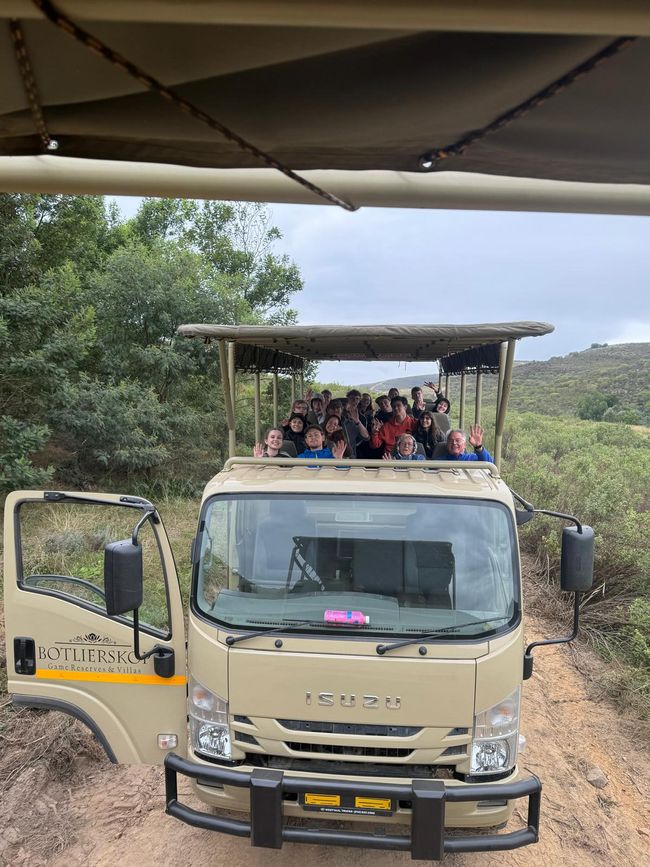
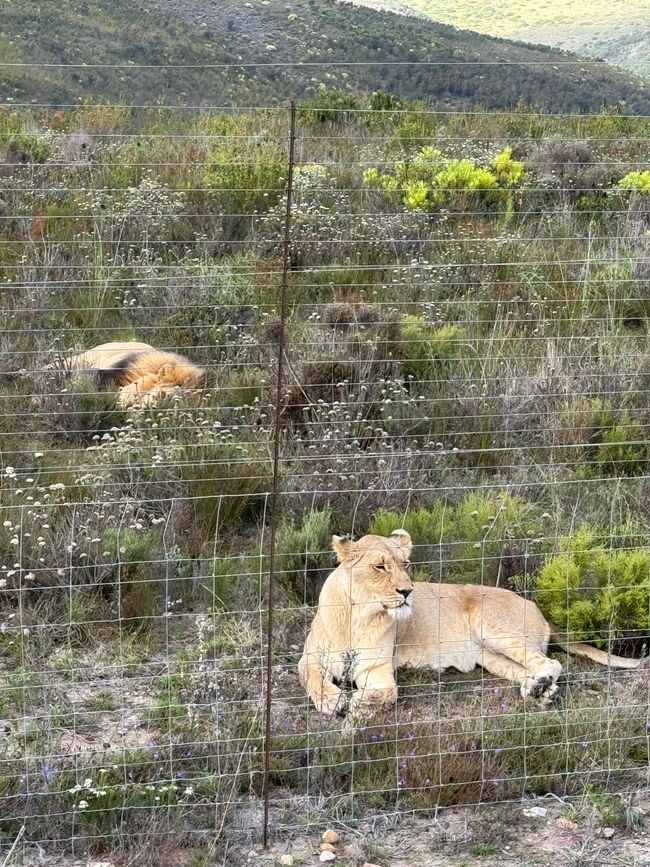
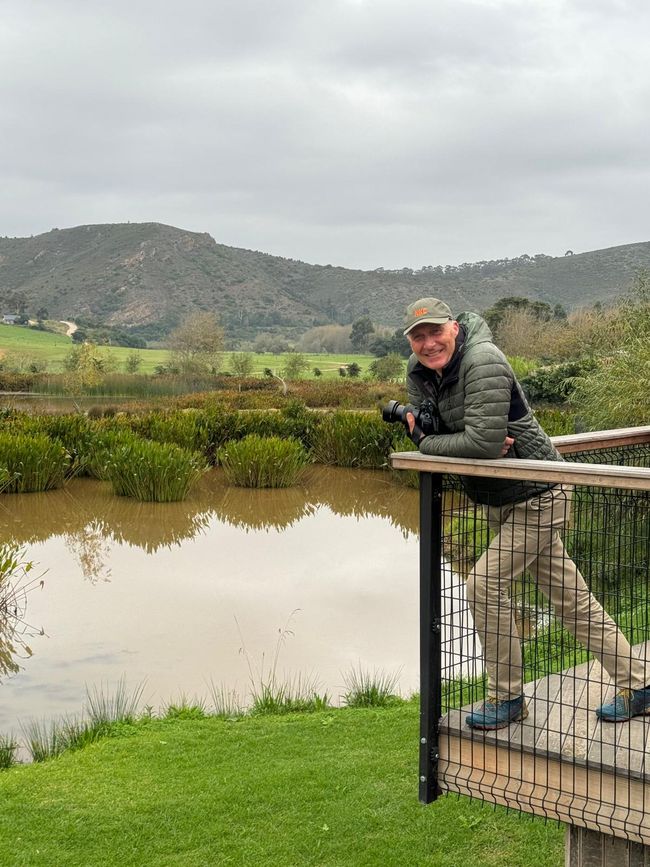
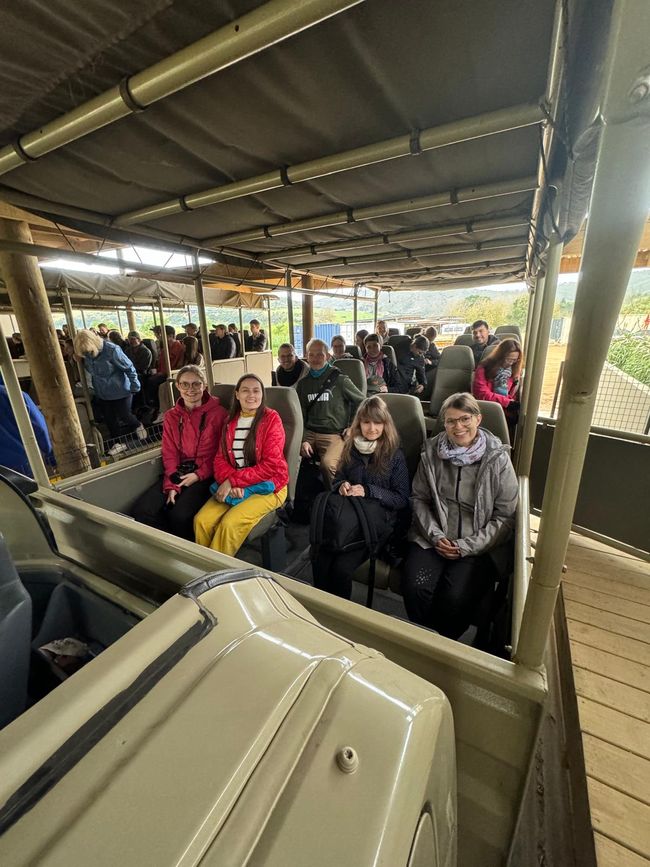
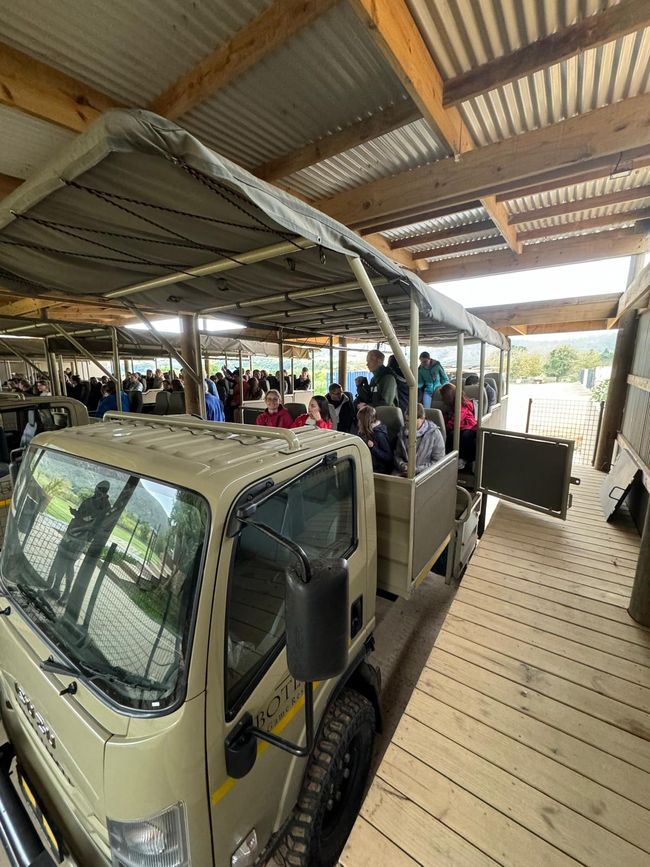
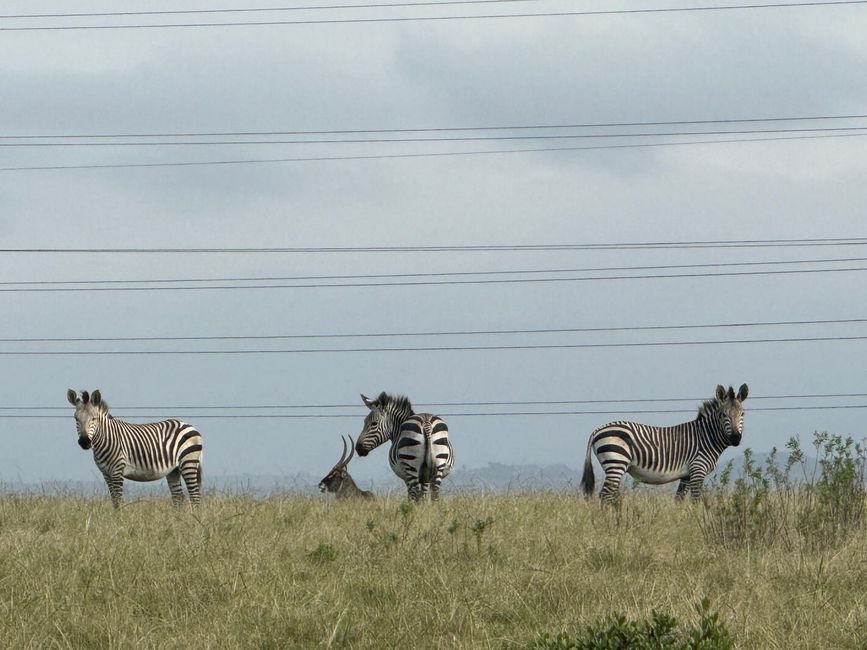
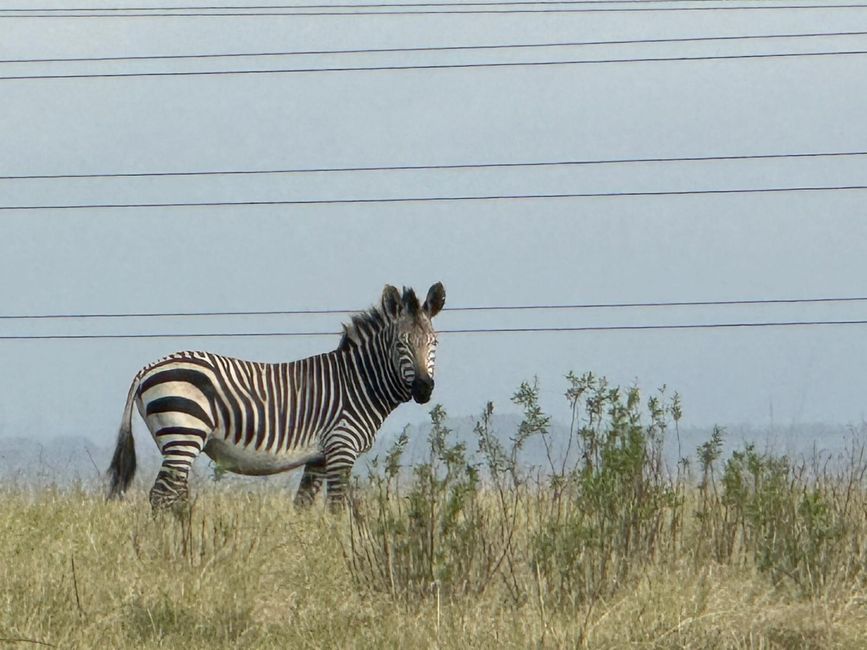
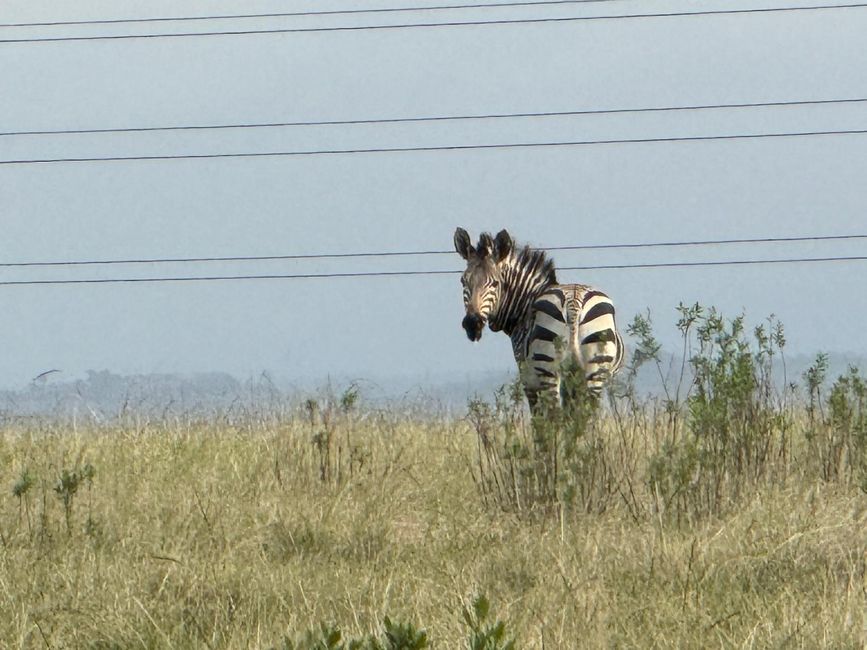
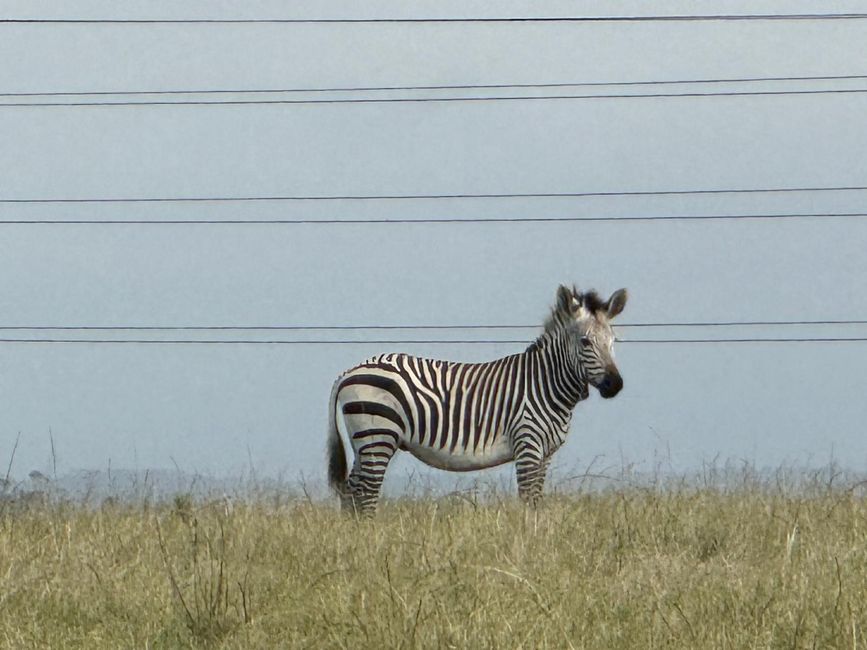
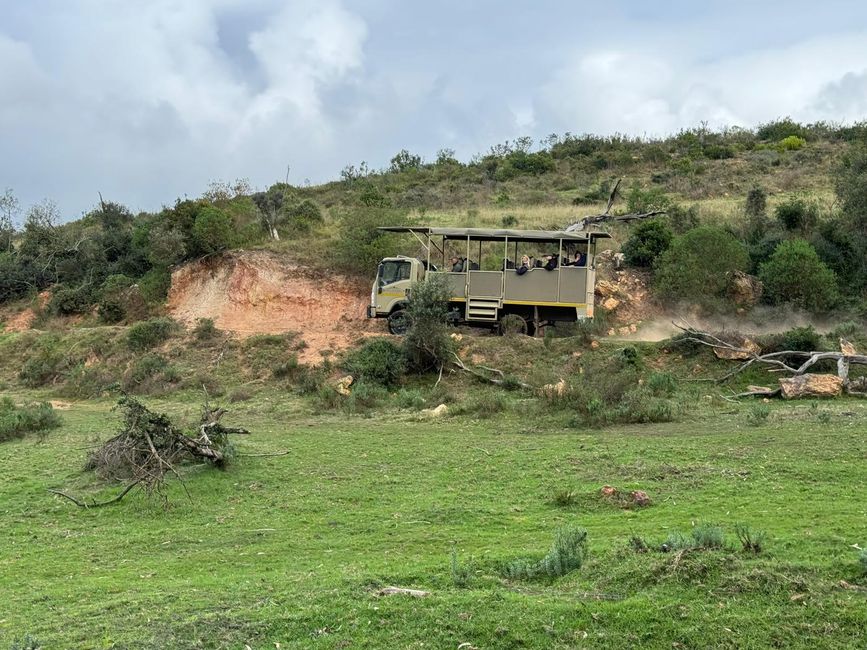
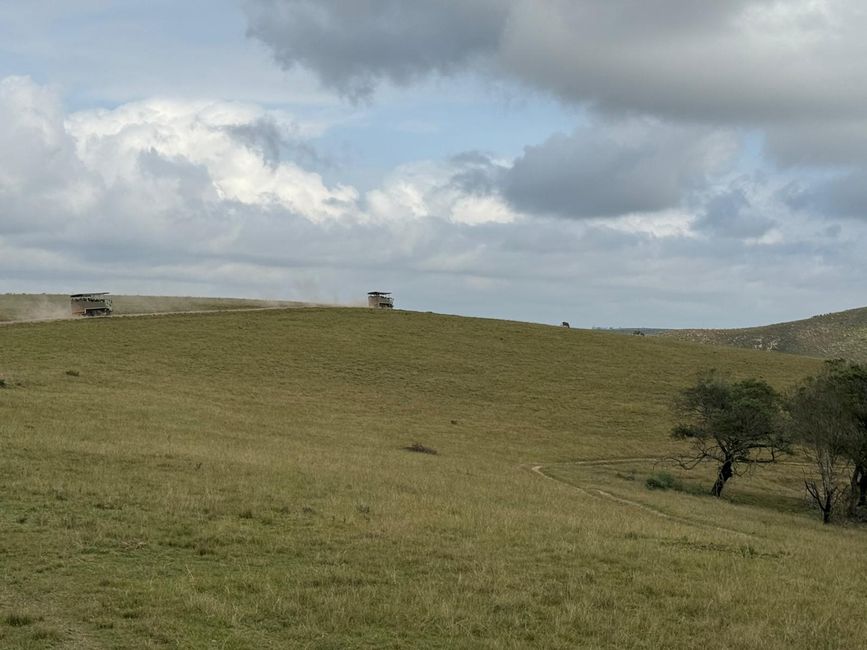
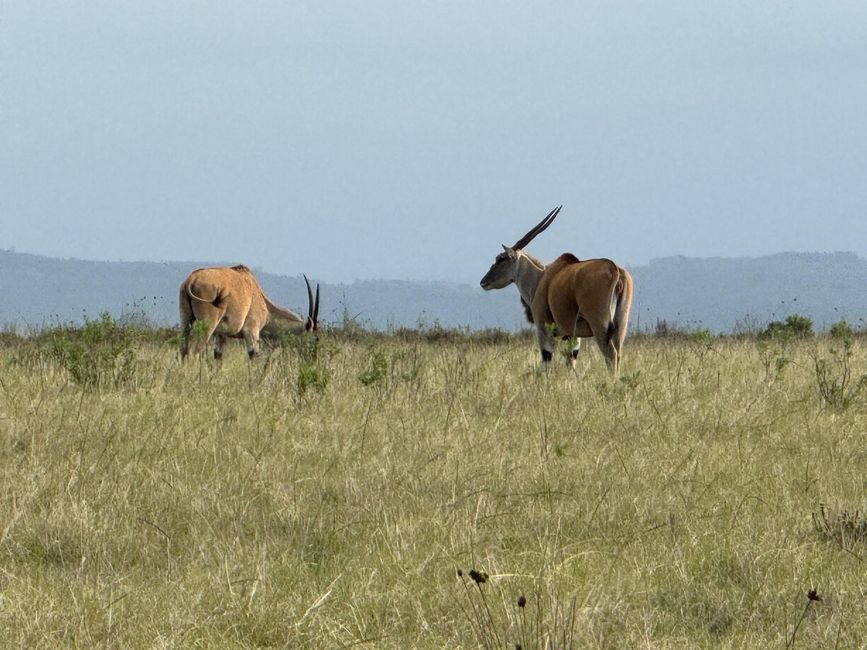
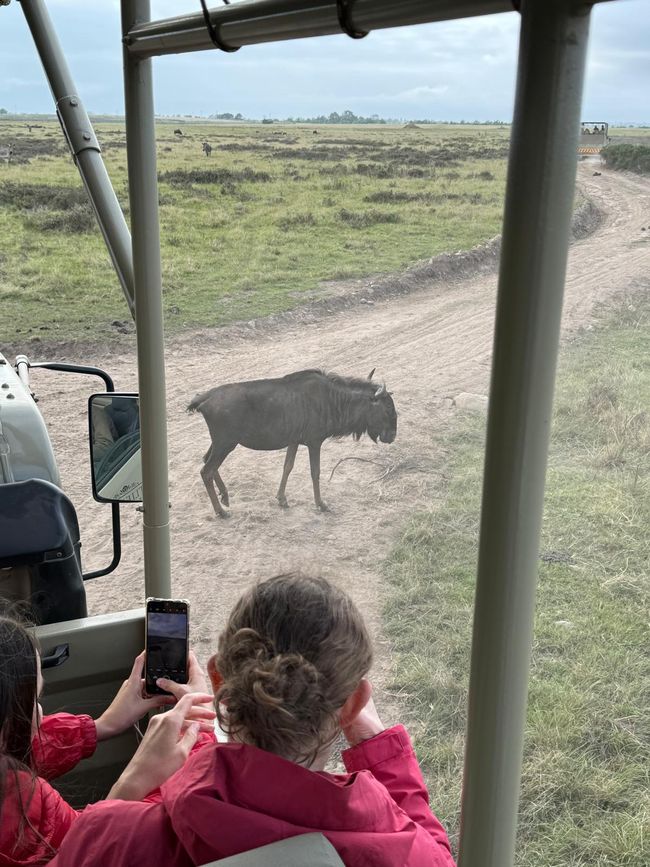
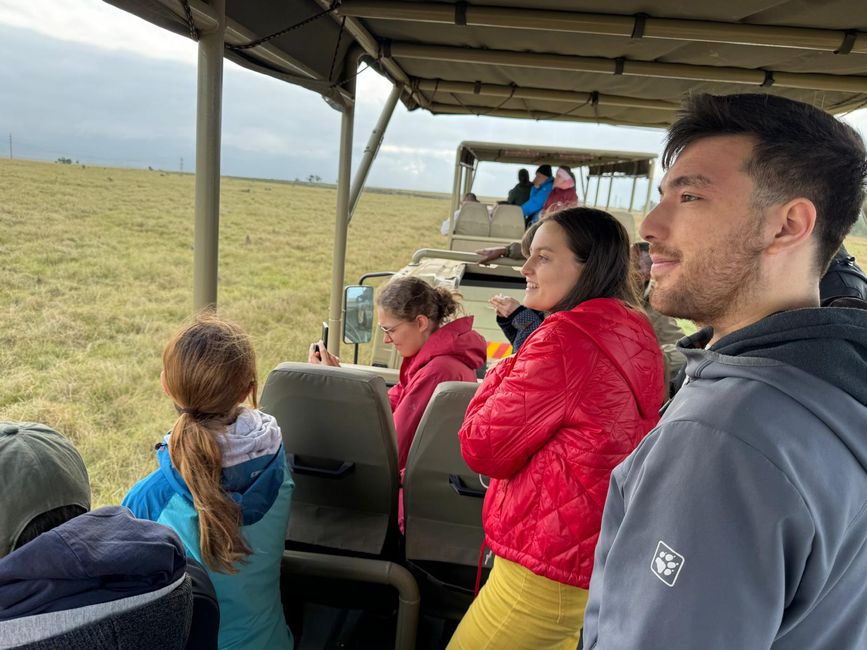

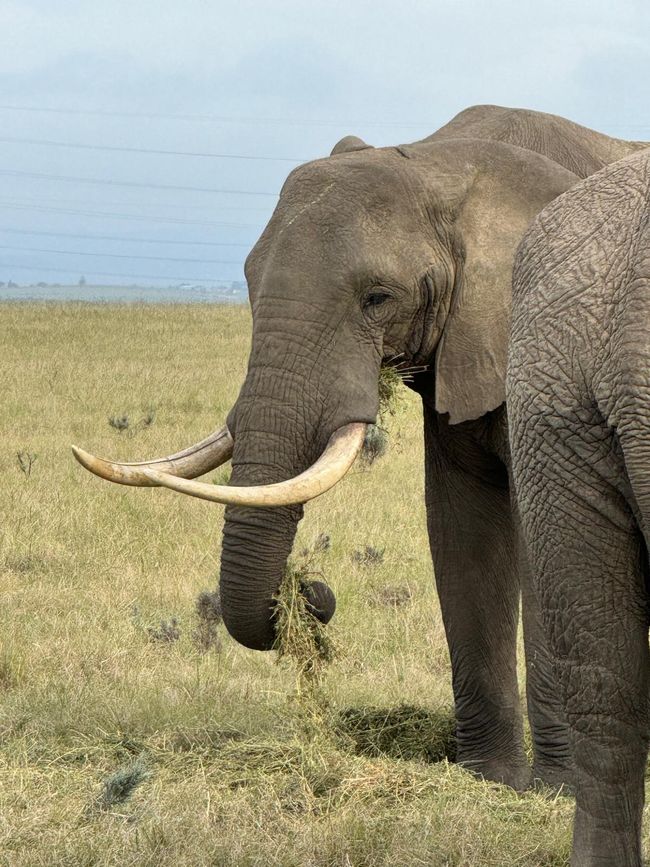
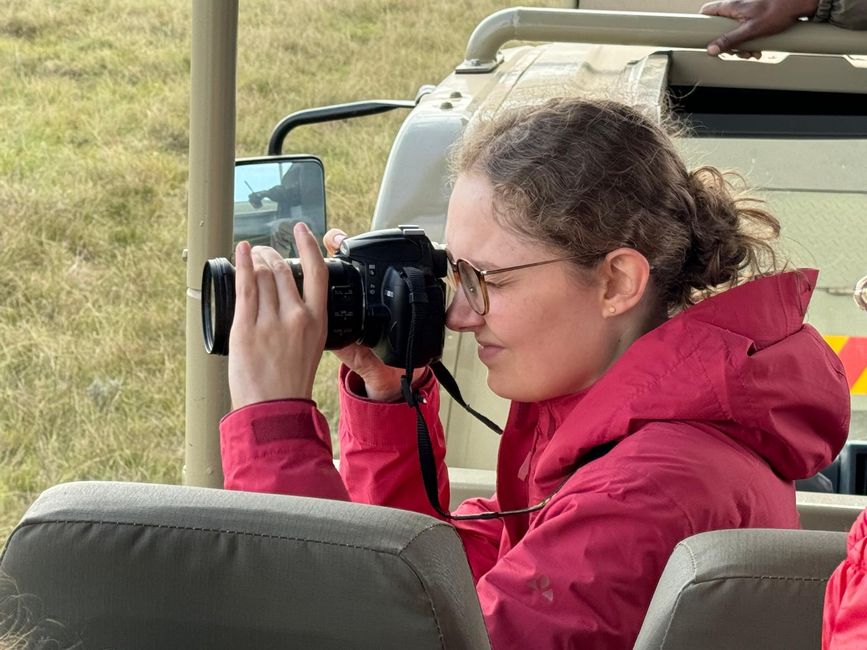

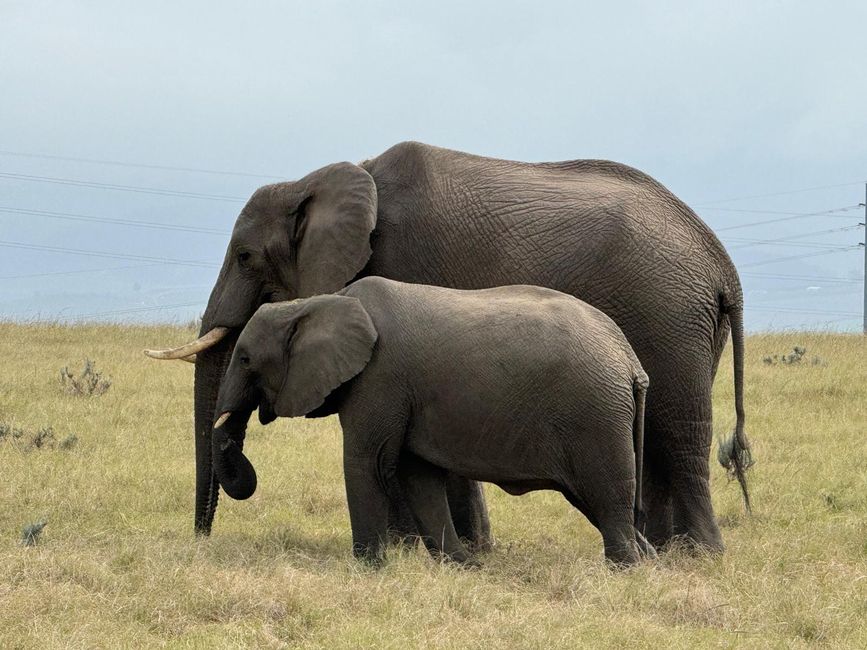
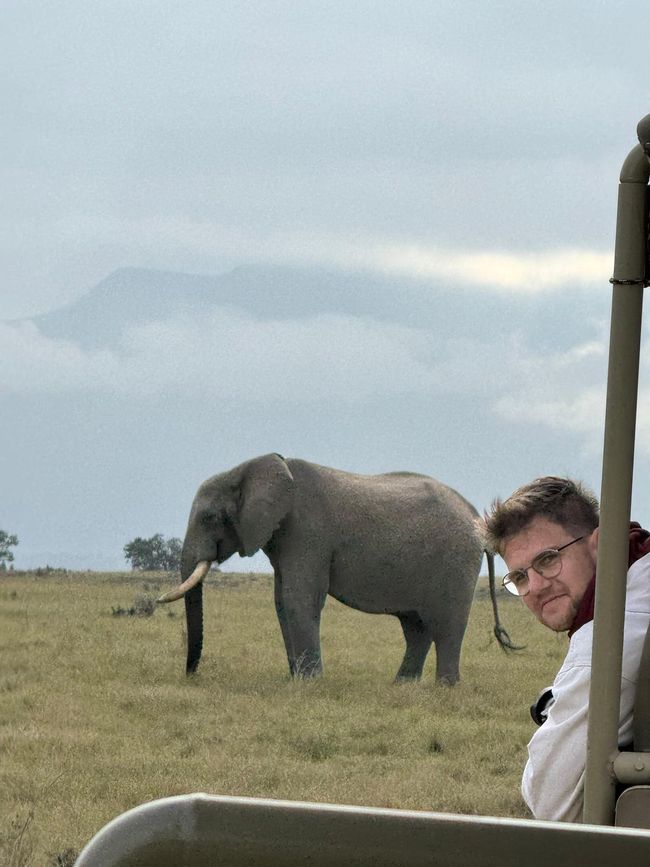
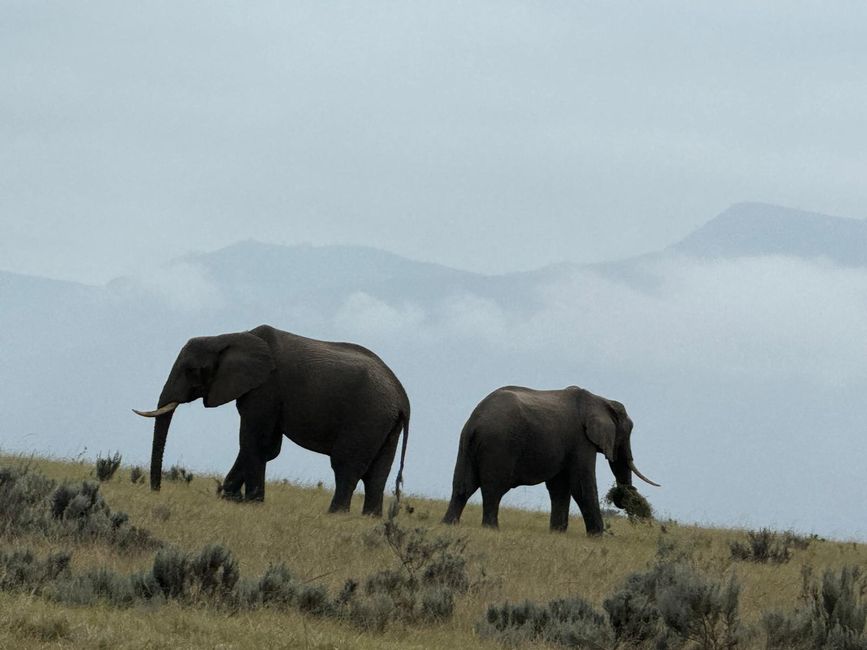
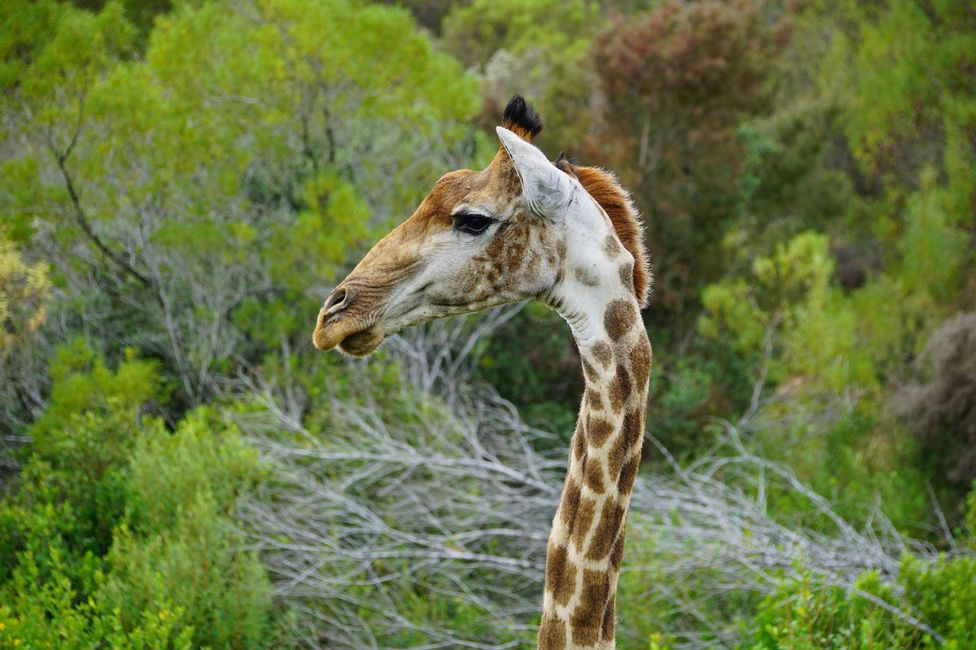
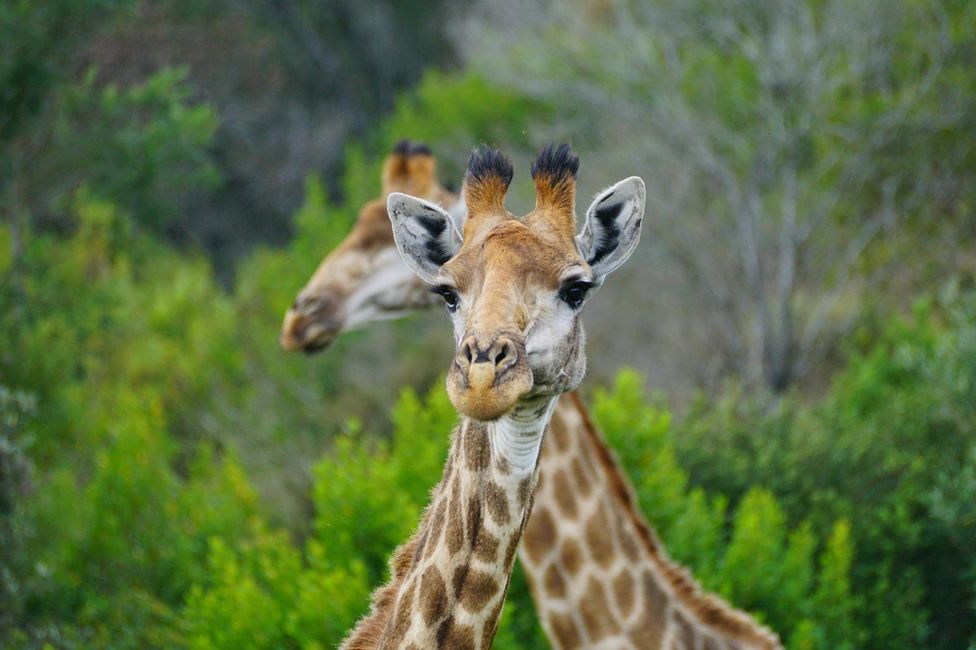
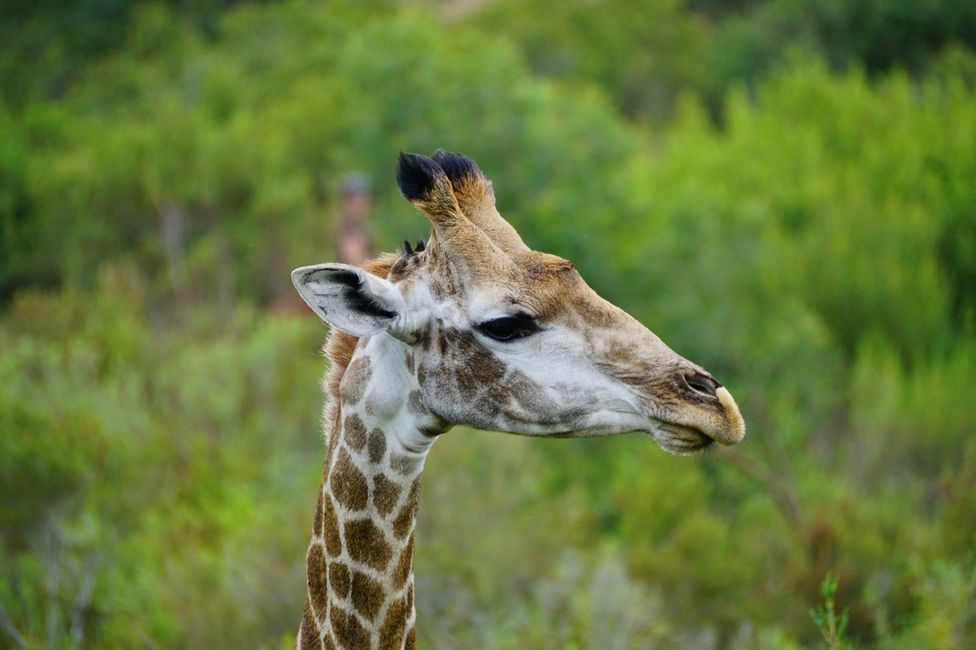


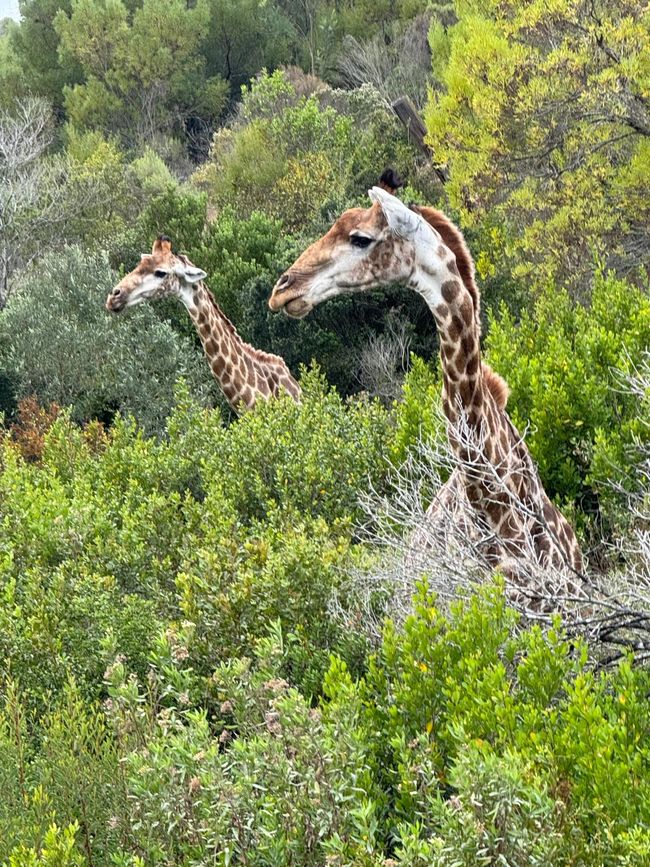
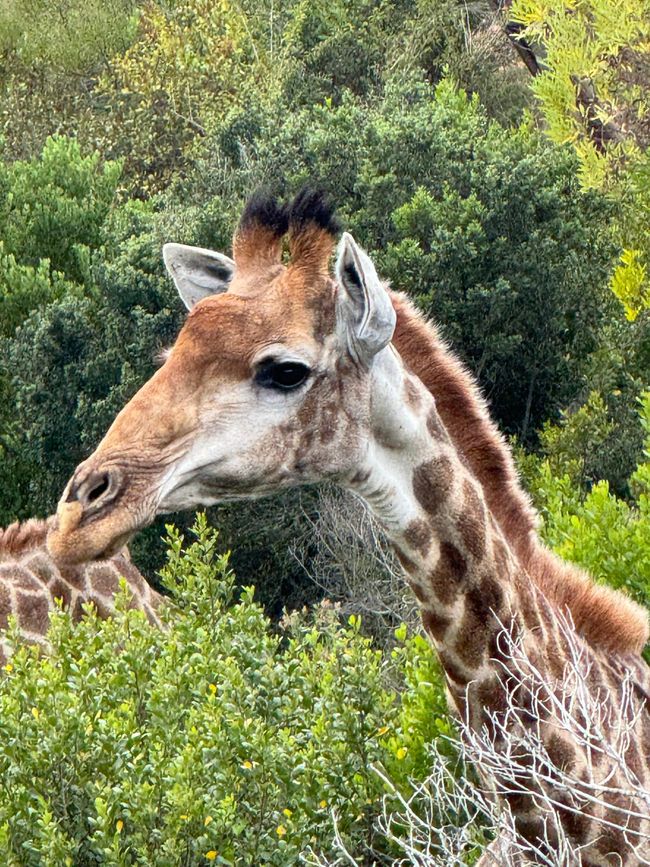
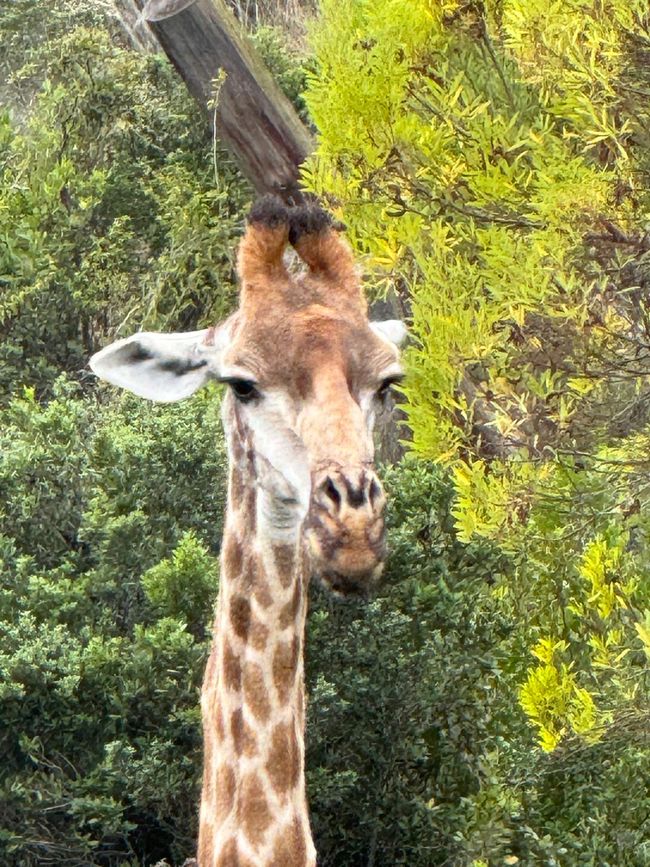
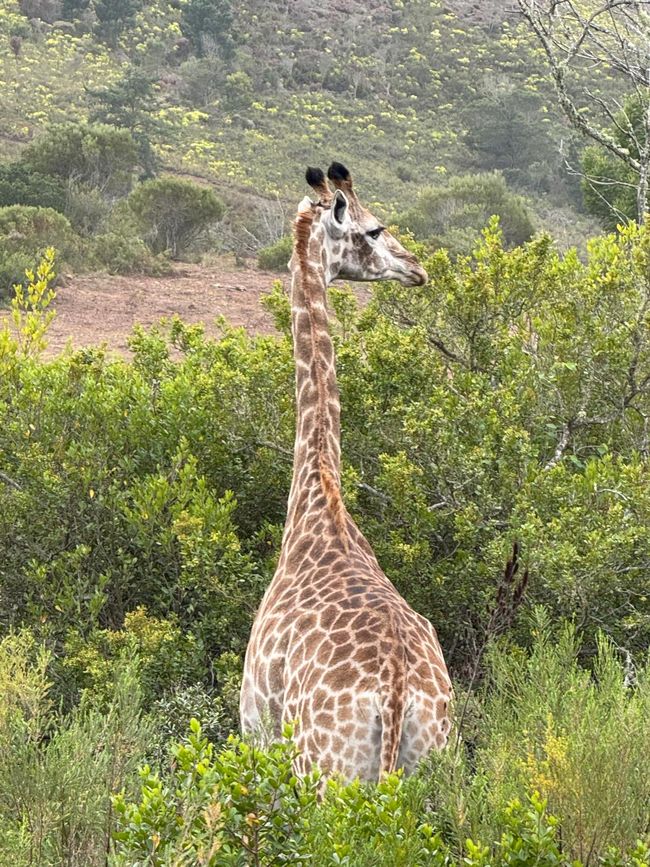
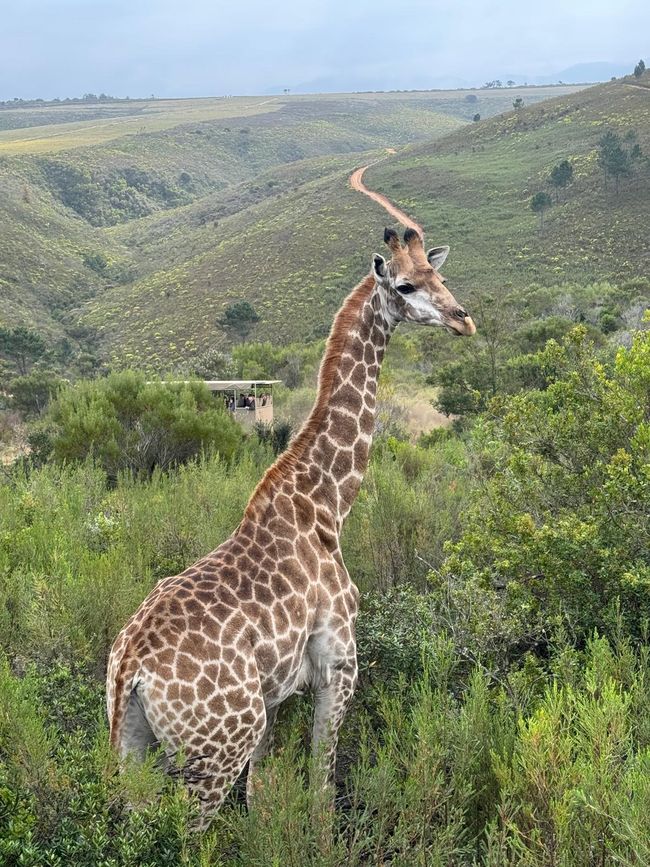
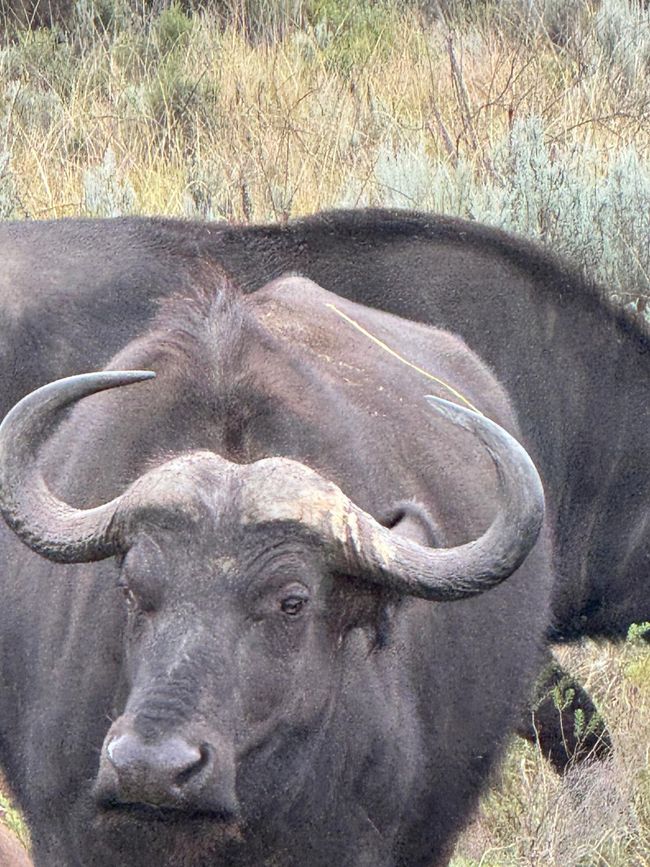
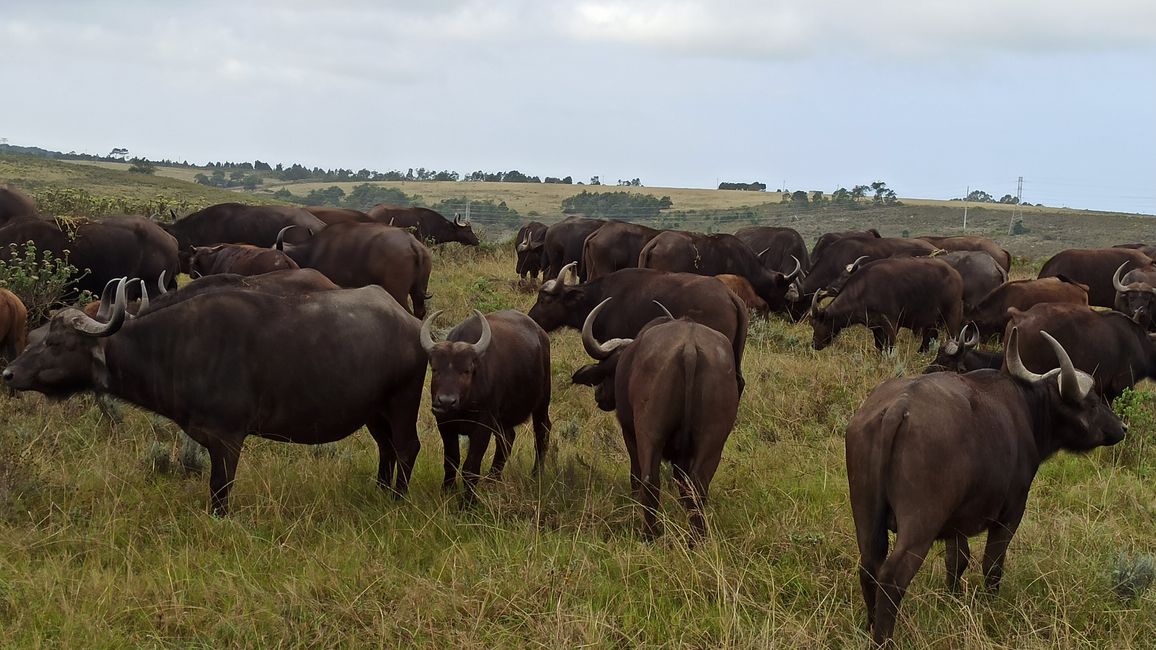
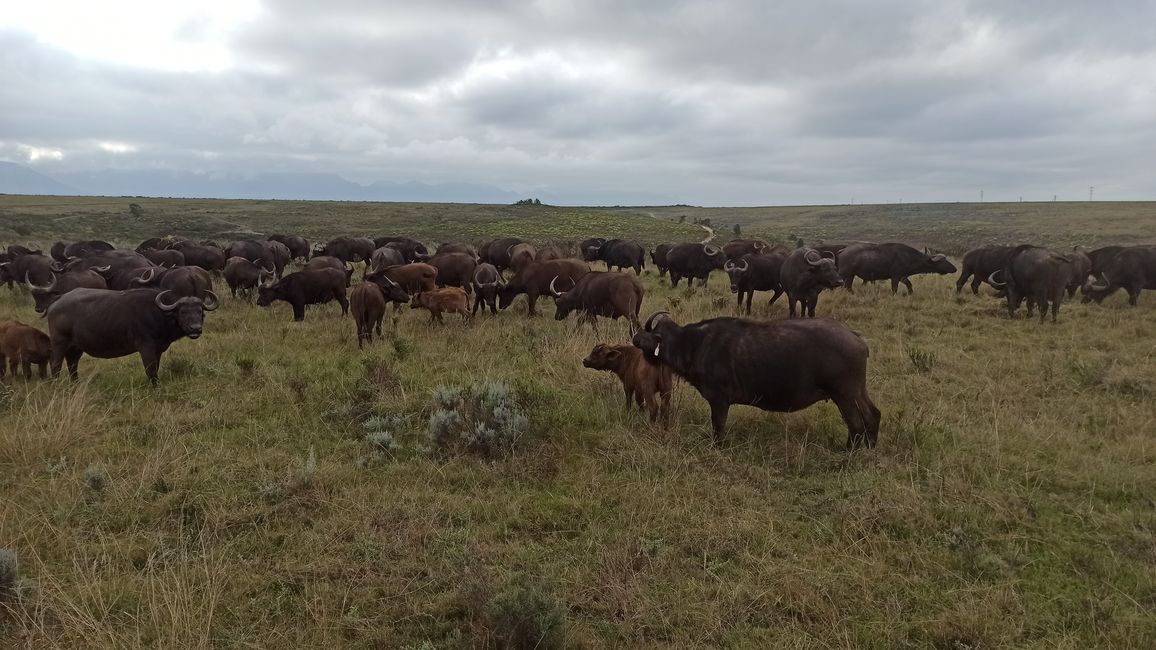
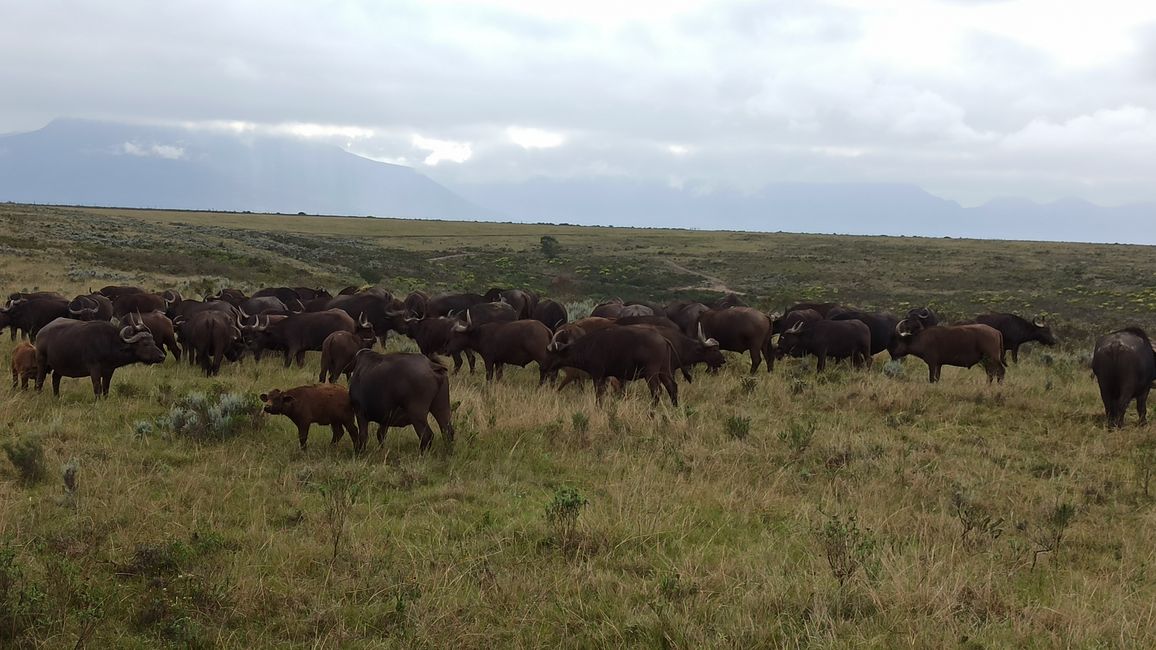

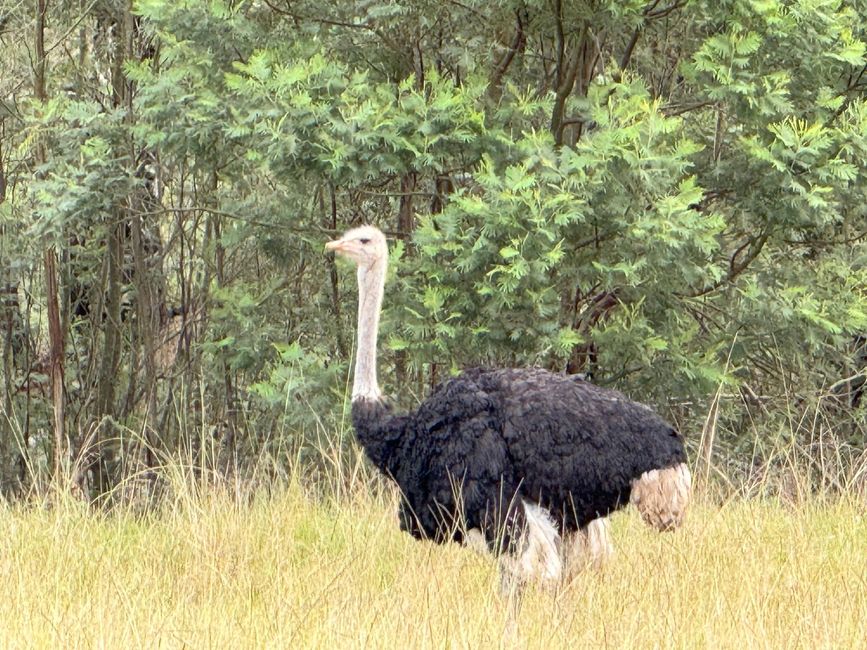
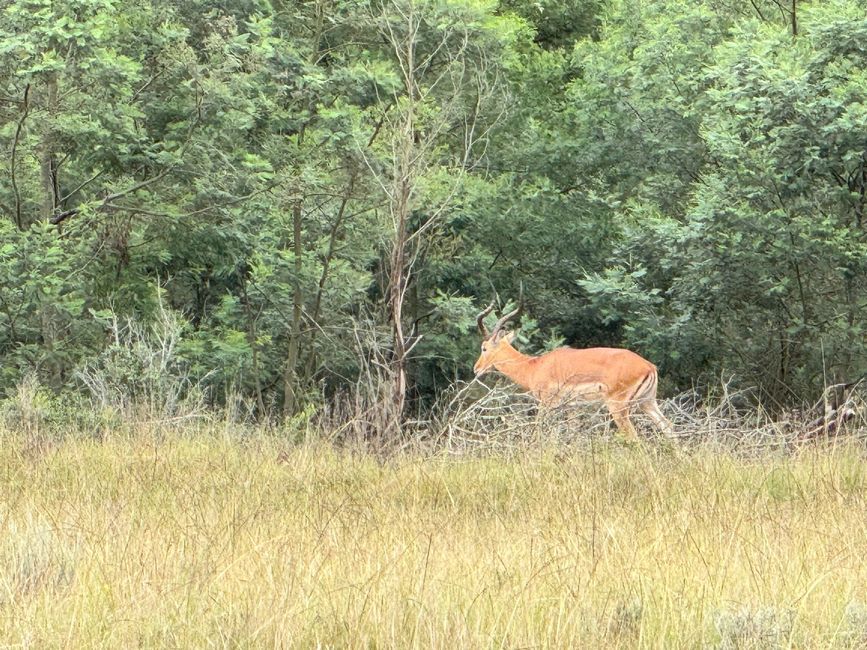
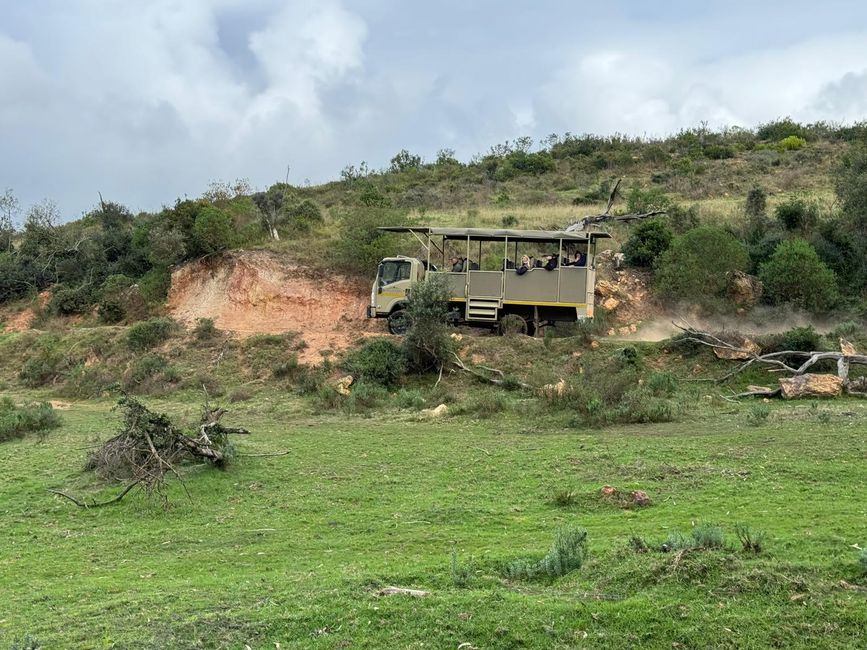
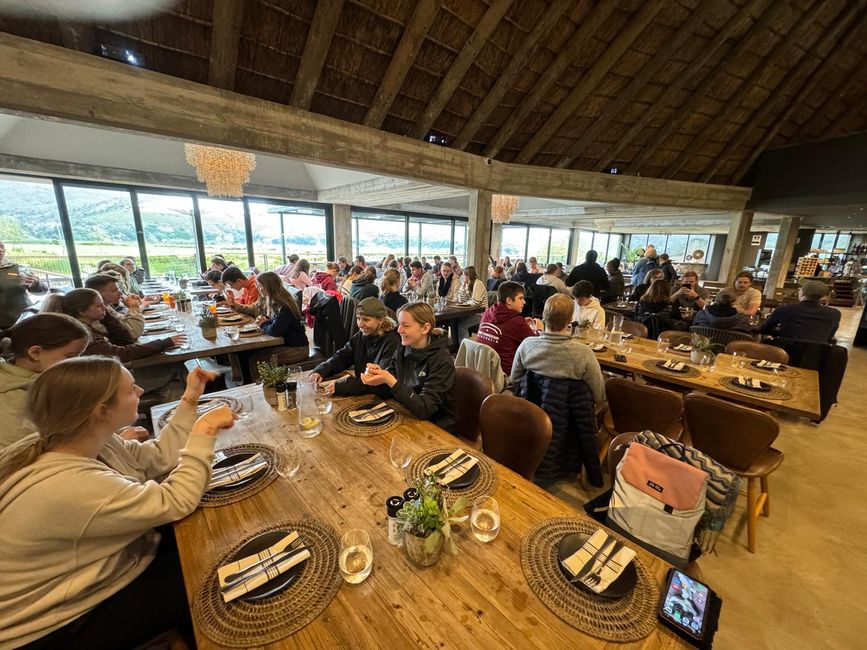

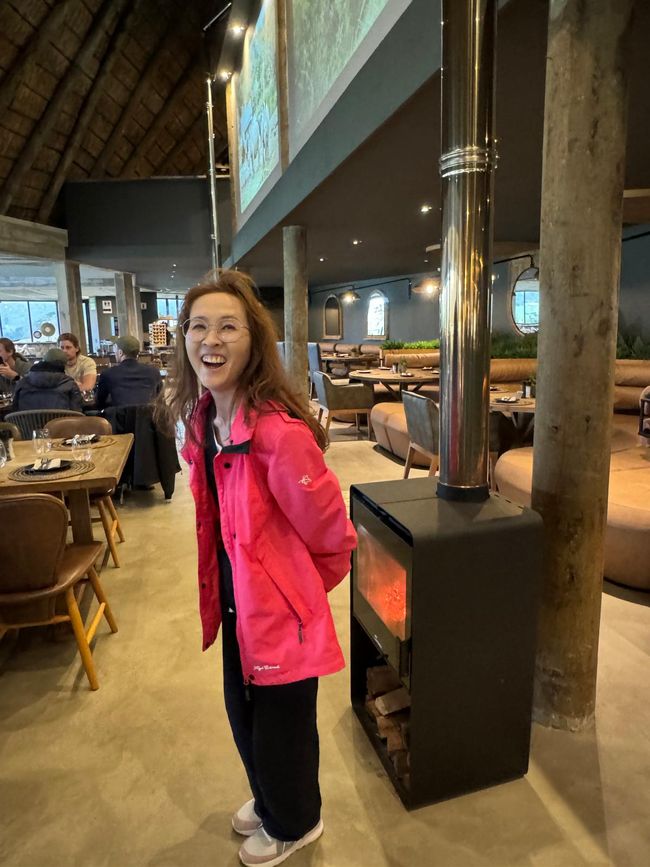
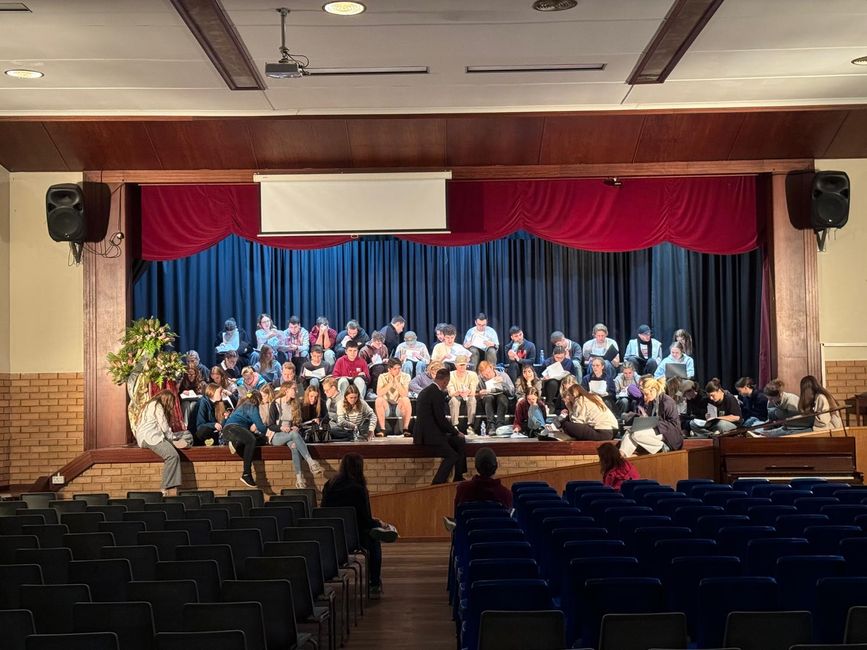

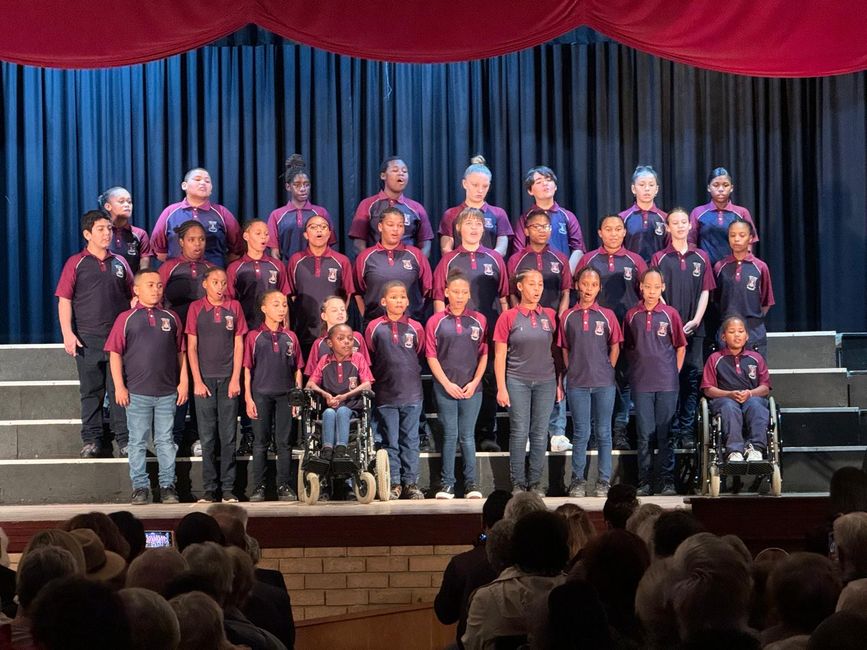


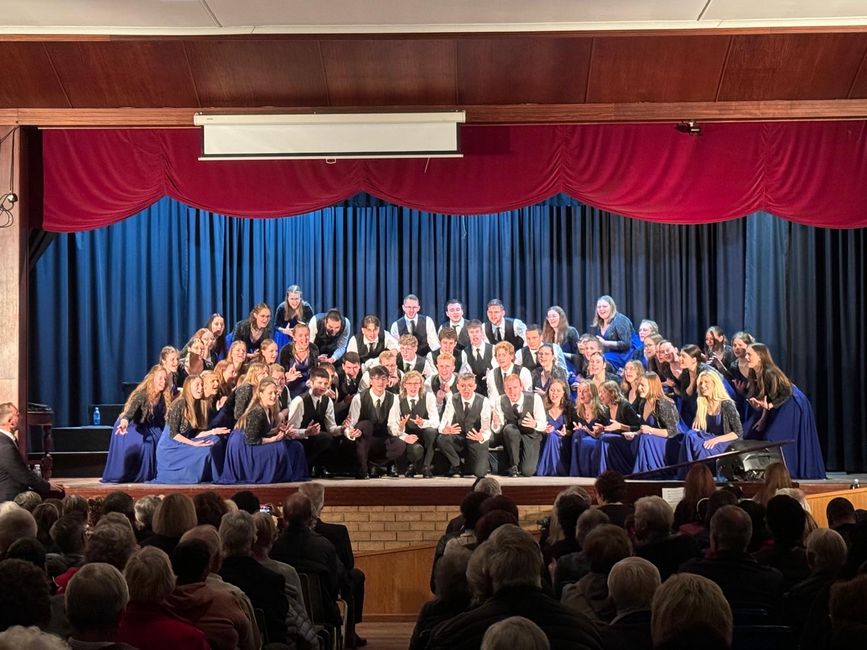
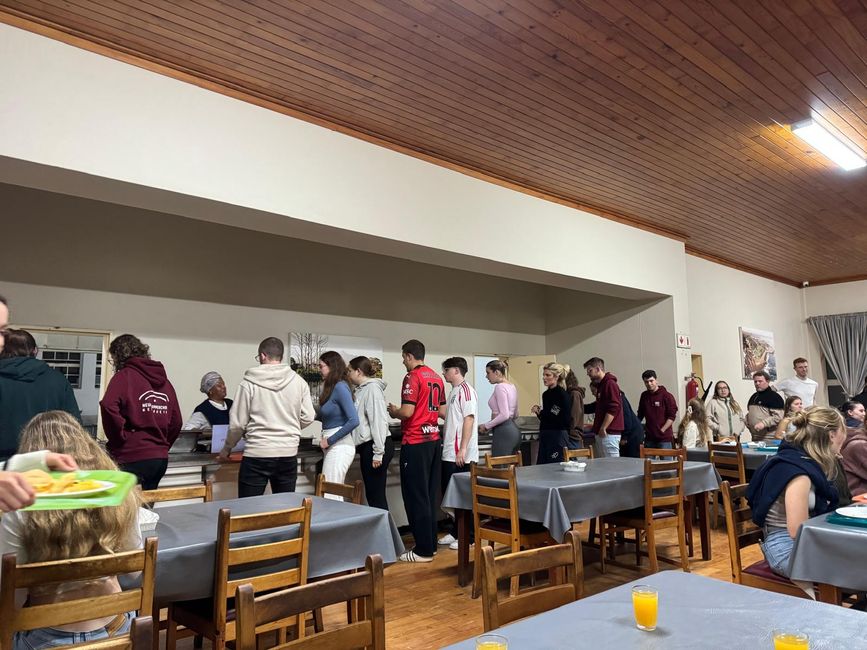
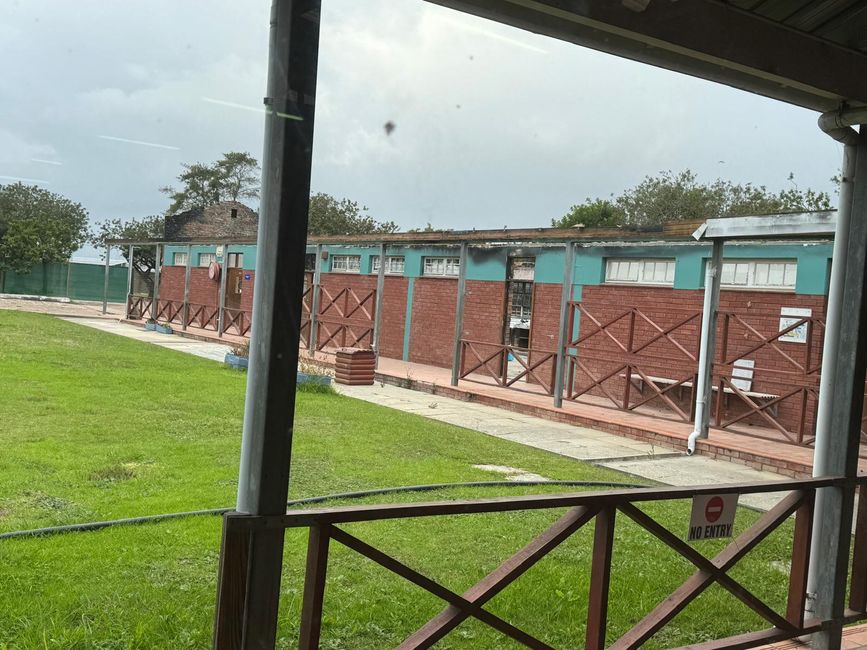
Ақпараттық бюллетеньге жазылу
On Thursday we had to get up early because the meeting point was at the church at 7:30 a.m. After we had a lovingly prepared breakfast with our families, they took us to the bus and we loaded our luggage. Afterwards we and some of our host families gathered in a large circle and Pastor Johannes Engelbrecht thanked us for our visit and the concert and together with the host families said a blessing for us. As a thank you we sang the "Loreley" before finally saying "goodbye".
There we would be staying for the next two nights in the hostel of the "Carpe Diem" school. "Carpe Diem" is a school for children with special needs. Pupils between the ages of 6 and 18 with physical learning and mental disabilities receive lessons adapted to their needs. In January 2024, a fire broke out in the school, completely destroying two classrooms. As a result, a benefit concert for the school was held that evening at 6:30 p.m., organized by the "Rotary Club George".
There we would be staying for the next two nights in the hostel of the "Carpe Diem" school. "Carpe Diem" is a school for children with special needs. Pupils between the ages of 6 and 18 with physical learning and mental disabilities receive lessons adapted to their needs. In January 2024, a fire broke out in the school, completely destroying two classrooms. As a result, a benefit concert for the school was held that evening at 6:30 p.m., organized by the "Rotary Club George".
After we moved into our rooms in the hostel and had a short rehearsal, we were part of this benefit concert together with three other choirs. The "Mountview Primary Youth Choir" started off, followed by the "Carpe Diem Koor". Then the men's choir from George (George Mannekoor) performed. During their last song (Banana Boat :D) we stood behind the stage and a half-hour program followed, which was dominated by rousing pop songs. Our pianist Kyoko played her fingers sore on the rather out-of-tune piano and did an excellent job despite all the circumstances. At the end of the concert, the headmistress said enthusiastically that she had never known that such sounds could be coaxed out of this piano:) After we had finished our program, our men sang "The Old Barbarossa" together with the "George Mannekoor" and then the women joined in again and together we sang a South African song that we had just learned, which was a lovely end to the evening. Afterwards, the headmistress thanked everyone involved from the bottom of her heart, and especially the Rotary Club, for their support, and found very touching words for us. Our music touches the soul and connects people. Together with the headmistress and the audience, "Amazing Grace" was sung as a blessing and finale, which was very moving and during which all the singers on stage put their arms around each other's shoulders. After this lovely evening, the NKC then had burgers in the school cafeteria before we spent the evening together (and without WiFi ;)) in our rooms.
Ақпараттық бюллетеньге жазылу
Жауап
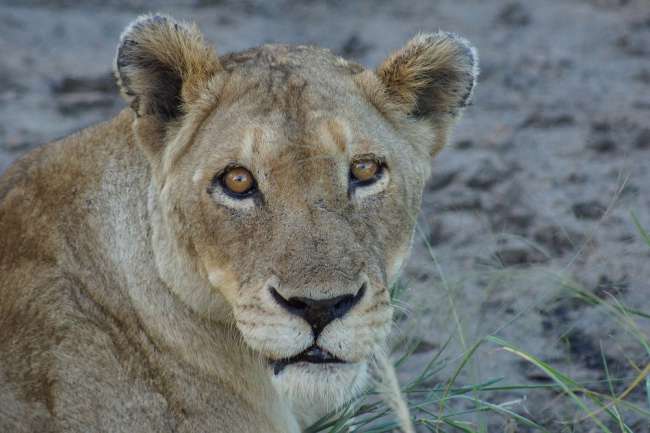
Саяхат есептері Оңтүстік Африка
